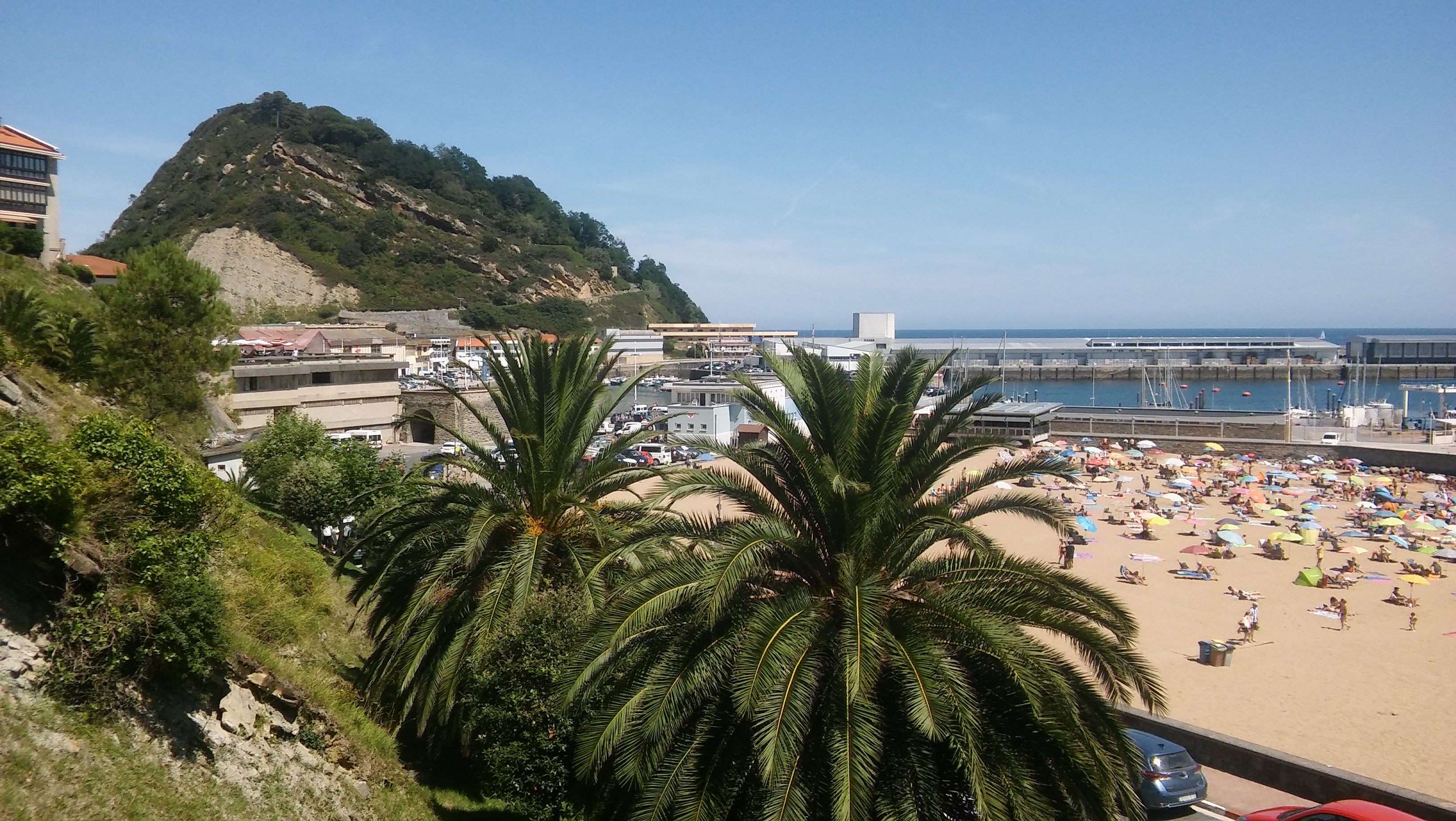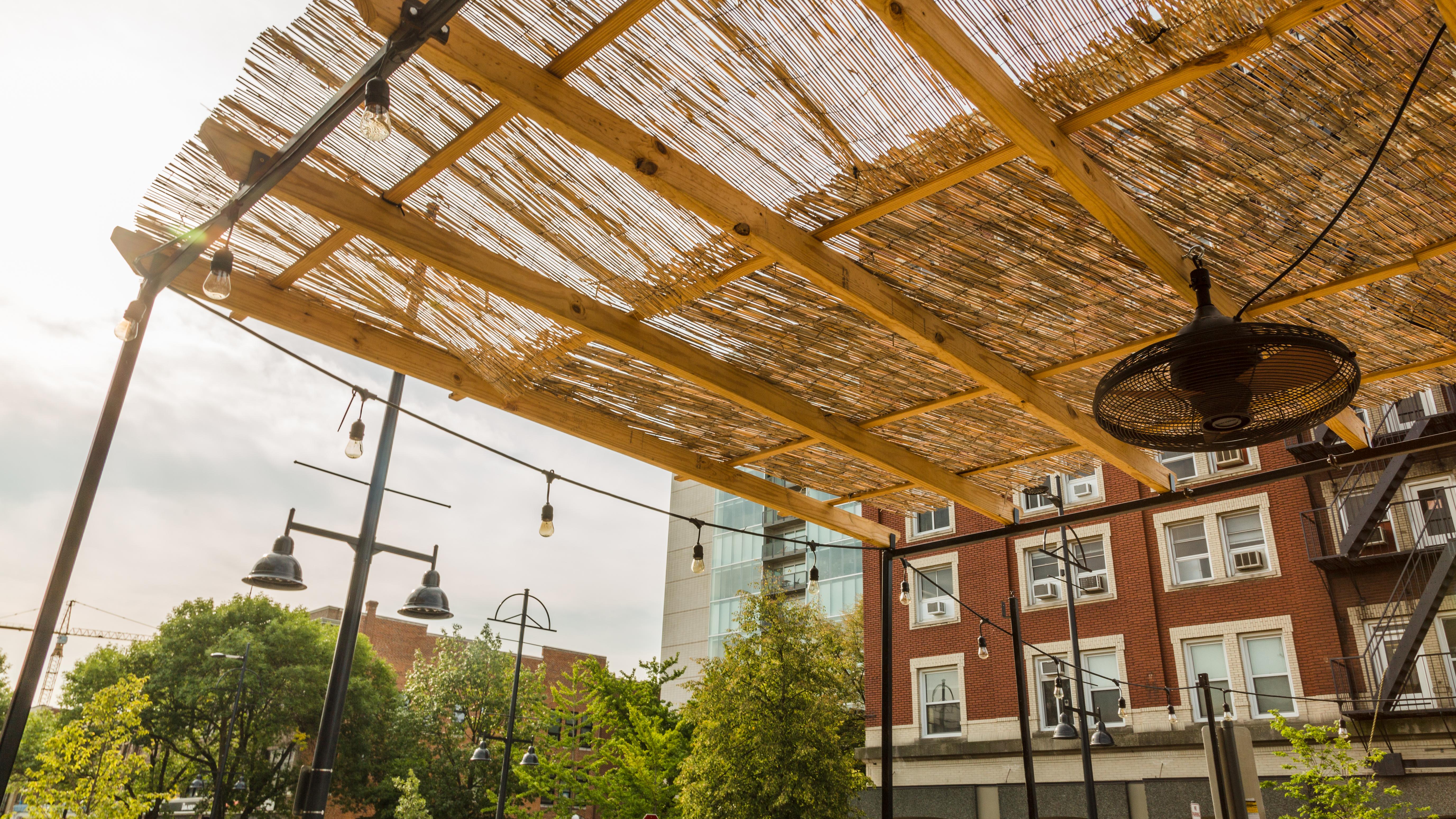34 Most Underrated Cities You Should Visit In Spain
Sure, Barcelona dazzles and Madrid pulses with energy, but Spain's captivating spirit extends far beyond its famous headliners. Imagine uncovering cities where ancient Roman theaters host quiet contemplation, where Moorish castles whisper tales without echoing tour groups, and where the rhythm of daily life feels authentically Spanish, not staged for tourists. These lesser-explored urban centers hold the keys to a deeper, richer travel experience. If you're yearning to connect with the country's soul beyond the well-trodden paths, it's time to venture further. We've expanded our exploration off the tourist map, curating 34 incredible underrated Spanish cities, each brimming with unique history, vibrant local culture, and unforgettable charm. Ready to discover the Spain hiding just out of the spotlight?
1. Salamanca: The Golden City of Learning

Nestled in the heart of the Castile and León region, Salamanca is a city that dazzles with its golden sandstone architecture and vibrant academic atmosphere. Home to one of the oldest universities in the world, the University of Salamanca, the city has been a beacon of learning and intellectual pursuit since the 12th century. Visitors can wander through the historic Plaza Mayor, often regarded as one of the most beautiful squares in Spain, and marvel at the intricate details of the New and Old Cathedrals. The city's rich academic heritage is complemented by a lively student population, infusing Salamanca with a youthful energy that permeates its cafes, bars, and cultural events. Whether exploring its ancient streets or engaging with its thriving arts scene, Salamanca offers a harmonious blend of history and modernity that captivates all who visit.
2. Cáceres: A Journey Through Time

Cáceres, a city in the Extremadura region, is a living museum of medieval architecture and history. Designated as a UNESCO World Heritage site, its old town is a labyrinth of cobbled streets, ancient walls, and well-preserved buildings that transport visitors back to the Middle Ages. The cityscape is dominated by Gothic and Renaissance architecture, with notable landmarks such as the Palacio de los Golfines de Abajo and the Church of San Francisco Javier. As one strolls through the city, the echoes of knights and noblemen seem to whisper from the stone walls. Beyond its historical allure, Cáceres is also known for its rich culinary scene, offering traditional Extremaduran dishes that tantalize the taste buds. For those seeking a journey through time, Cáceres provides an immersive experience into Spain's storied past.
3. Girona: A Tapestry of Cultures
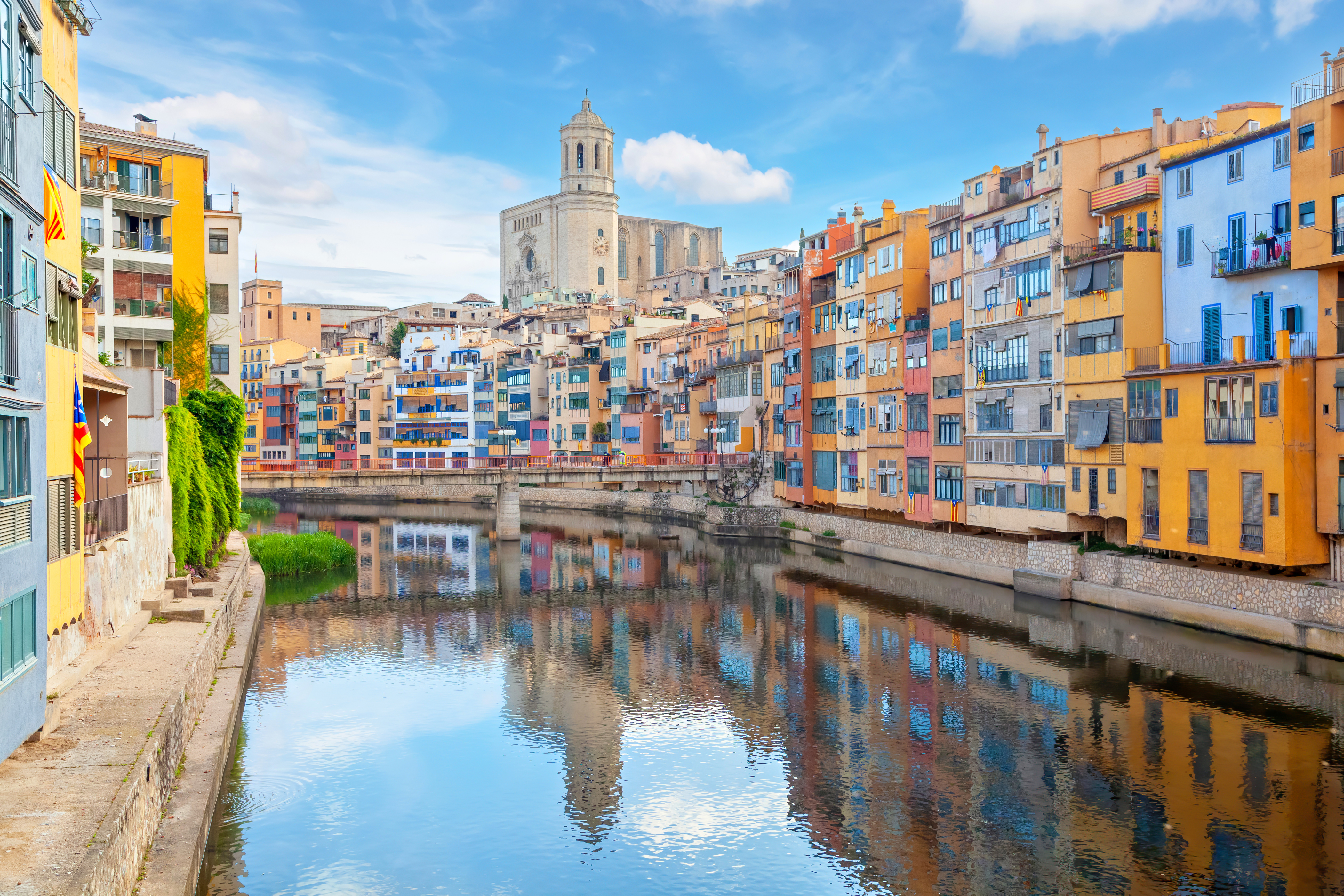
Located in Catalonia, Girona is a city where history and modernity weave seamlessly together. Its old quarter, the Barri Vell, is a treasure trove of medieval architecture, including the impressive Girona Cathedral and the ancient Roman walls. The city's Jewish Quarter, El Call, is one of the best-preserved in Europe, offering a glimpse into the rich cultural tapestry that has shaped Girona over the centuries. Beyond its historical sites, Girona is a city of vibrant festivals, gastronomic delights, and artistic expression. The annual Temps de Flors festival transforms the city into a floral wonderland, while its burgeoning culinary scene boasts Michelin-starred restaurants and innovative chefs. Whether exploring its historical roots or indulging in its contemporary offerings, Girona is a city that captivates with its diversity and charm.
4. Lugo: Ancient Walls and Modern Delights

In the region of Galicia, Lugo stands as a testament to Roman engineering prowess with its remarkably intact Roman walls encircling the old town. These ancient fortifications, a UNESCO World Heritage site, offer a unique opportunity to walk along history, providing panoramic views of the city below. Inside the walls, Lugo reveals a vibrant mix of historical and modern attractions, from the majestic Lugo Cathedral to bustling markets and lively tapas bars. The city's rich cultural heritage is celebrated through various festivals, including the Roman-themed Arde Lucus, which brings the city's past to life. For those seeking a blend of ancient history and contemporary culture, Lugo offers a captivating experience that bridges the past and present.
5. Cuenca: The Enchanting Hanging Houses
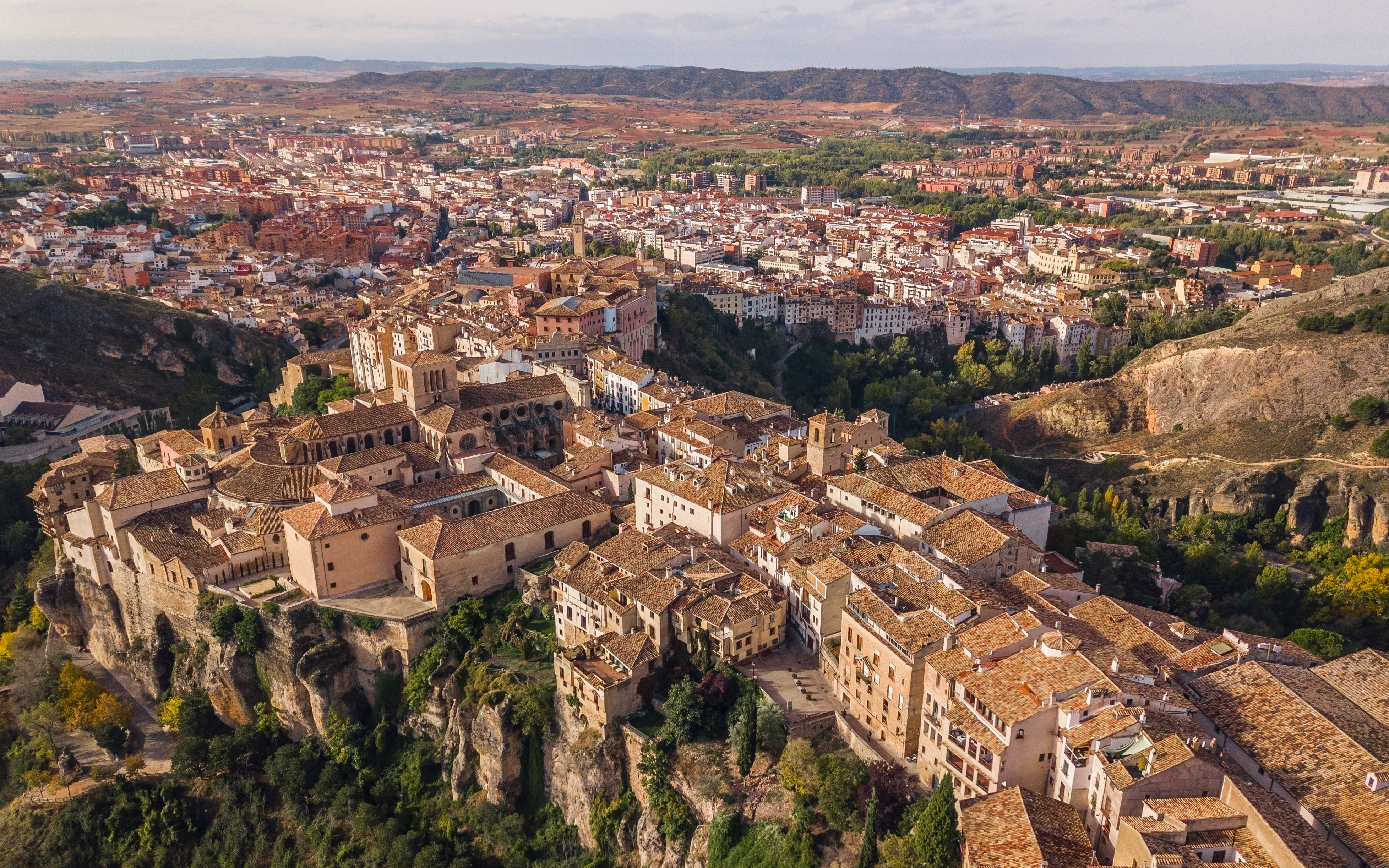
Perched dramatically on the cliffs of the Serranía de Cuenca, the city of Cuenca is famed for its striking "Casas Colgadas" or Hanging Houses. These precariously positioned structures, dating back to the 15th century, offer breathtaking views over the Huécar River gorge. Cuenca's old town, a UNESCO World Heritage site, is a maze of narrow streets and charming squares, where history and art converge. The city is home to the renowned Museum of Abstract Art, housed within one of the Hanging Houses, showcasing works by influential Spanish artists. Cuenca's unique geography and artistic heritage make it a haven for nature lovers and art enthusiasts alike, offering a one-of-a-kind experience in the heart of Spain.
6. Almería: A Desert Oasis by the Sea
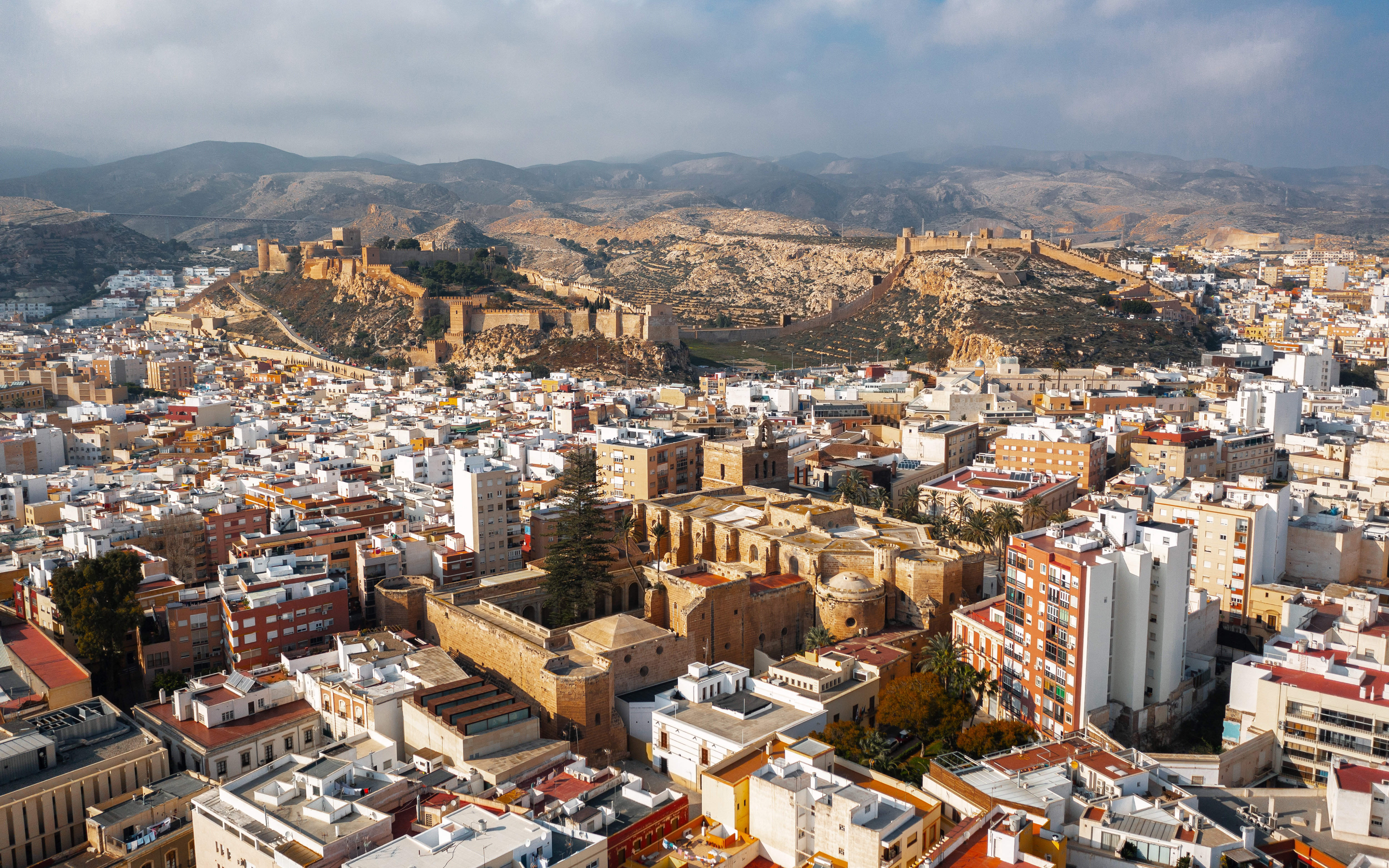
Almería, located in Andalusia, is a city of contrasts, where arid desert landscapes meet the azure waters of the Mediterranean Sea. Known for its Moorish heritage, the city is dominated by the imposing Alcazaba, a fortress that offers panoramic views of the city and coast. Almería's old town is a vibrant mix of narrow streets, whitewashed buildings, and bustling markets, reflecting its rich cultural tapestry. The city's unique geography has made it a popular filming location, with iconic films such as "Lawrence of Arabia" and "Indiana Jones" shot in the surrounding deserts. For those seeking a blend of history, culture, and natural beauty, Almería offers an unforgettable experience that captures the essence of Andalusia's diverse landscapes.
7. Burgos: A Gothic Masterpiece

In the heart of Castile and León, Burgos is a city steeped in history and architectural splendor. Its crowning jewel is the Burgos Cathedral, a UNESCO World Heritage site and a masterpiece of Gothic architecture. The cathedral's intricate façade and stunning interior captivate visitors, while its towering spires dominate the city's skyline. Beyond its architectural wonders, Burgos is a city of rich cultural heritage, with a vibrant arts scene and lively festivals celebrating its storied past. The city is also a gateway to the Camino de Santiago, drawing pilgrims from around the world. For those seeking a city that embodies the grandeur of medieval Spain, Burgos offers an awe-inspiring journey through history and culture.
8. Zaragoza: A Fusion of History and Innovation
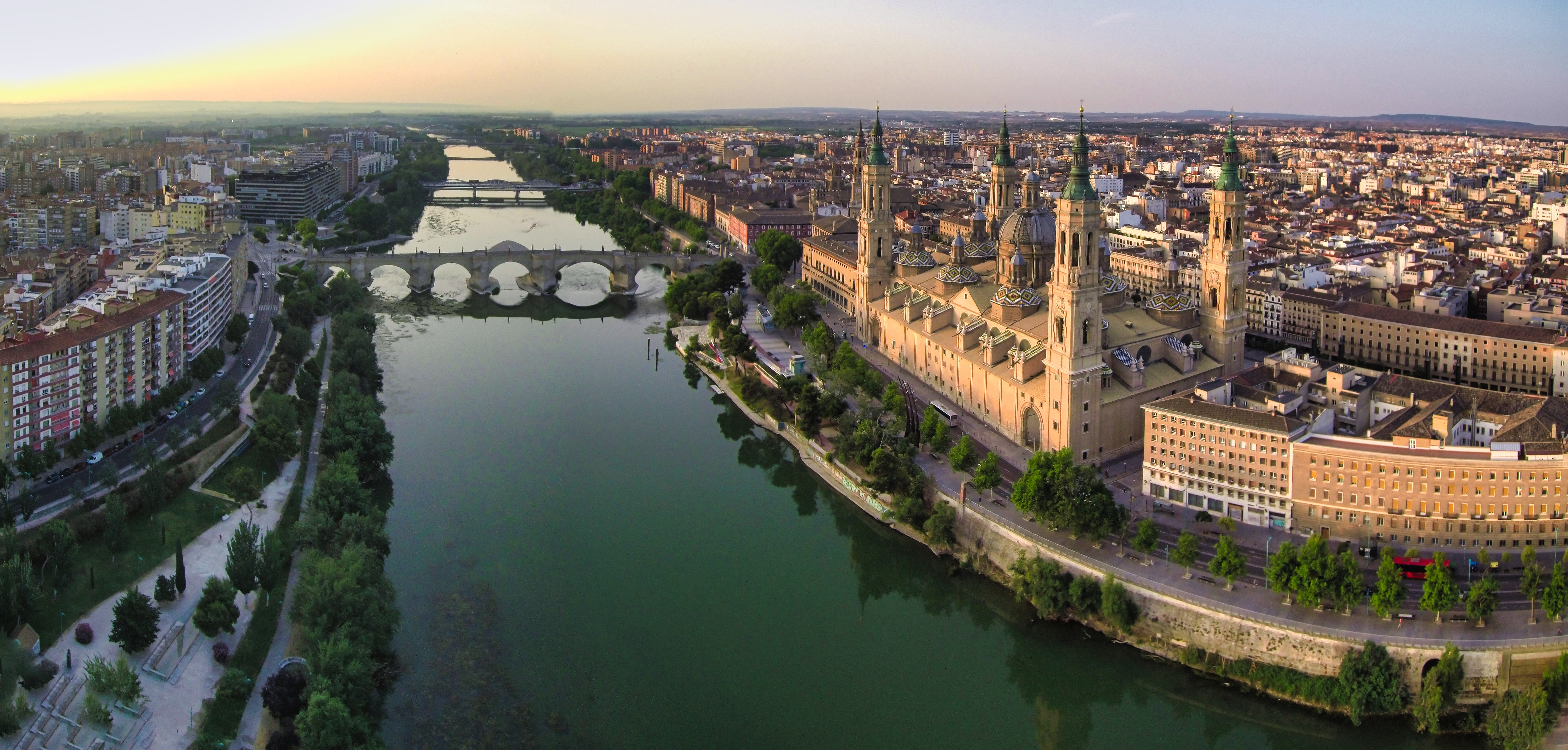
Zaragoza, the capital of the Aragon region, is a city where history and innovation coexist harmoniously. The city's rich heritage is evident in its stunning landmarks, such as the Basilica de Nuestra Señora del Pilar and the Aljafería Palace, both of which reflect Zaragoza's diverse cultural influences. The city is also a hub of modern innovation, with a thriving arts scene and cutting-edge architecture, exemplified by the futuristic Bridge Pavilion designed by Zaha Hadid. Zaragoza's vibrant cultural life is celebrated through numerous festivals, including the famous Fiestas del Pilar, which draws visitors from across Spain. For those seeking a city that embraces both tradition and modernity, Zaragoza offers a dynamic and engaging experience.
9. León: A Tapestry of History and Culture
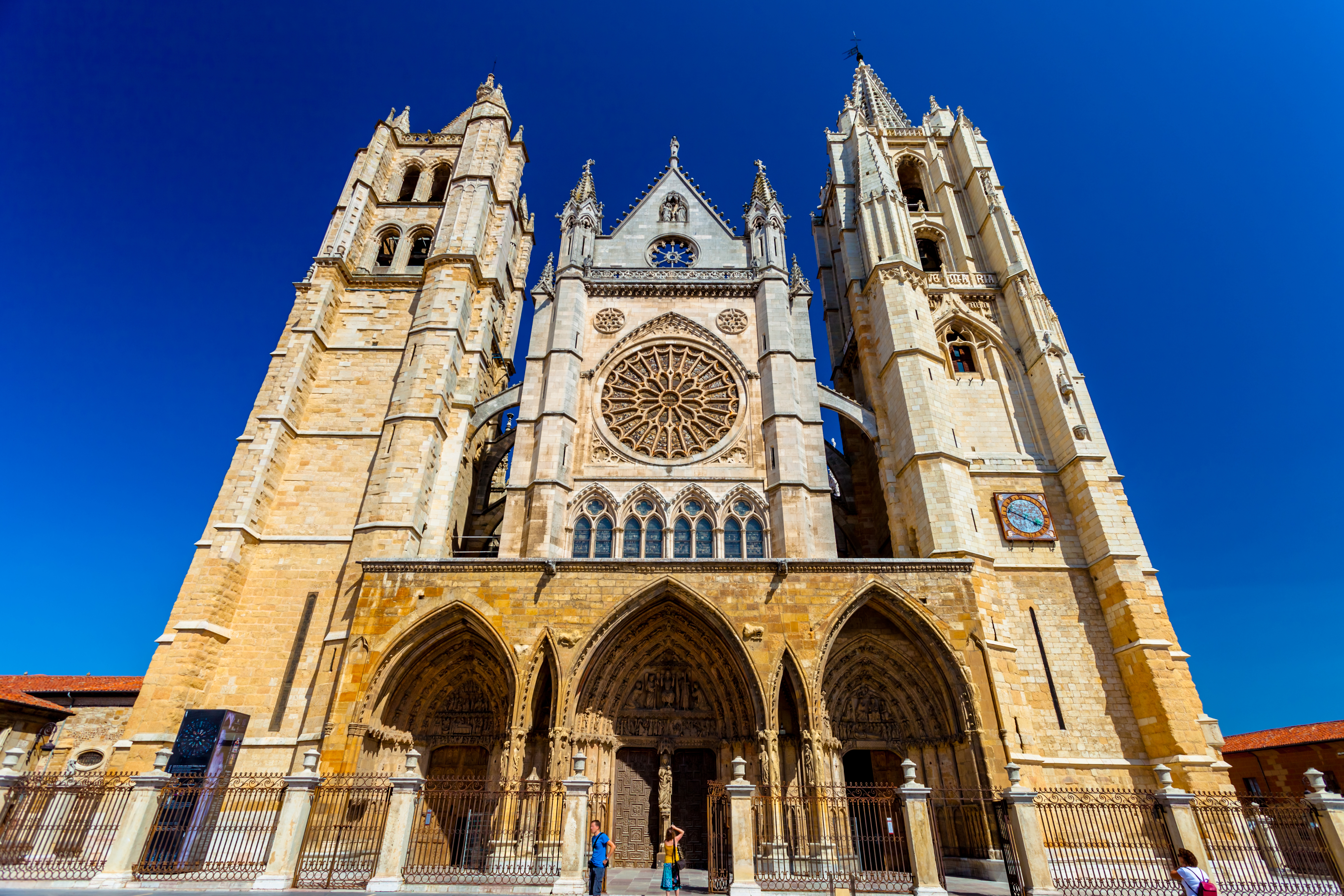
León, a city in the Castile and León region, is a living tapestry of history and culture. Its historic center is a treasure trove of architectural wonders, including the majestic León Cathedral, known for its stunning stained glass windows, and the Basilica of San Isidoro, often referred to as the "Sistine Chapel of the Romanesque." The city's rich cultural heritage is celebrated through its vibrant arts scene, with numerous galleries, theaters, and cultural events showcasing the best of Spanish creativity. León is also a culinary delight, offering traditional dishes and innovative gastronomy that tantalize the senses. For those seeking a city that embodies the essence of Spanish history and culture, León offers an enriching and captivating experience.
10. Tarragona: A Roman Legacy
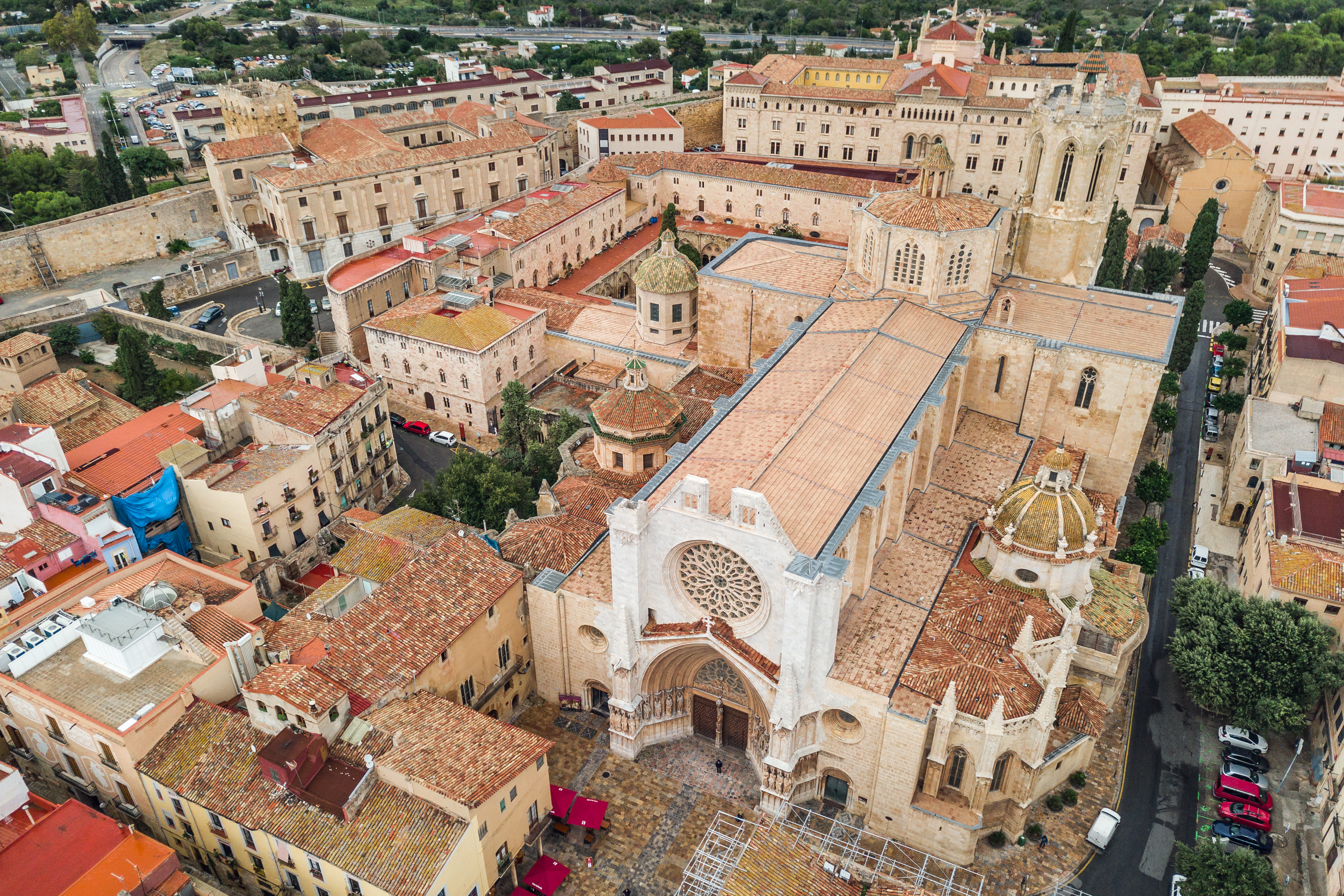
Tarragona, located on the Catalonian coast, is a city where the remnants of Roman glory stand proudly amidst modern life. Its ancient Roman ruins, including the impressive amphitheater and aqueduct, are a testament to its historical significance and have earned it a UNESCO World Heritage designation. Tarragona's old town is a charming blend of narrow streets, colorful buildings, and lively squares, where history and modernity coexist harmoniously. The city's coastal location offers stunning beaches and a vibrant maritime culture, with bustling ports and seafood restaurants serving the freshest catch. For those seeking a city that celebrates its Roman heritage while embracing the present, Tarragona offers a captivating journey through time.
11. Oviedo: The Heart of Asturias
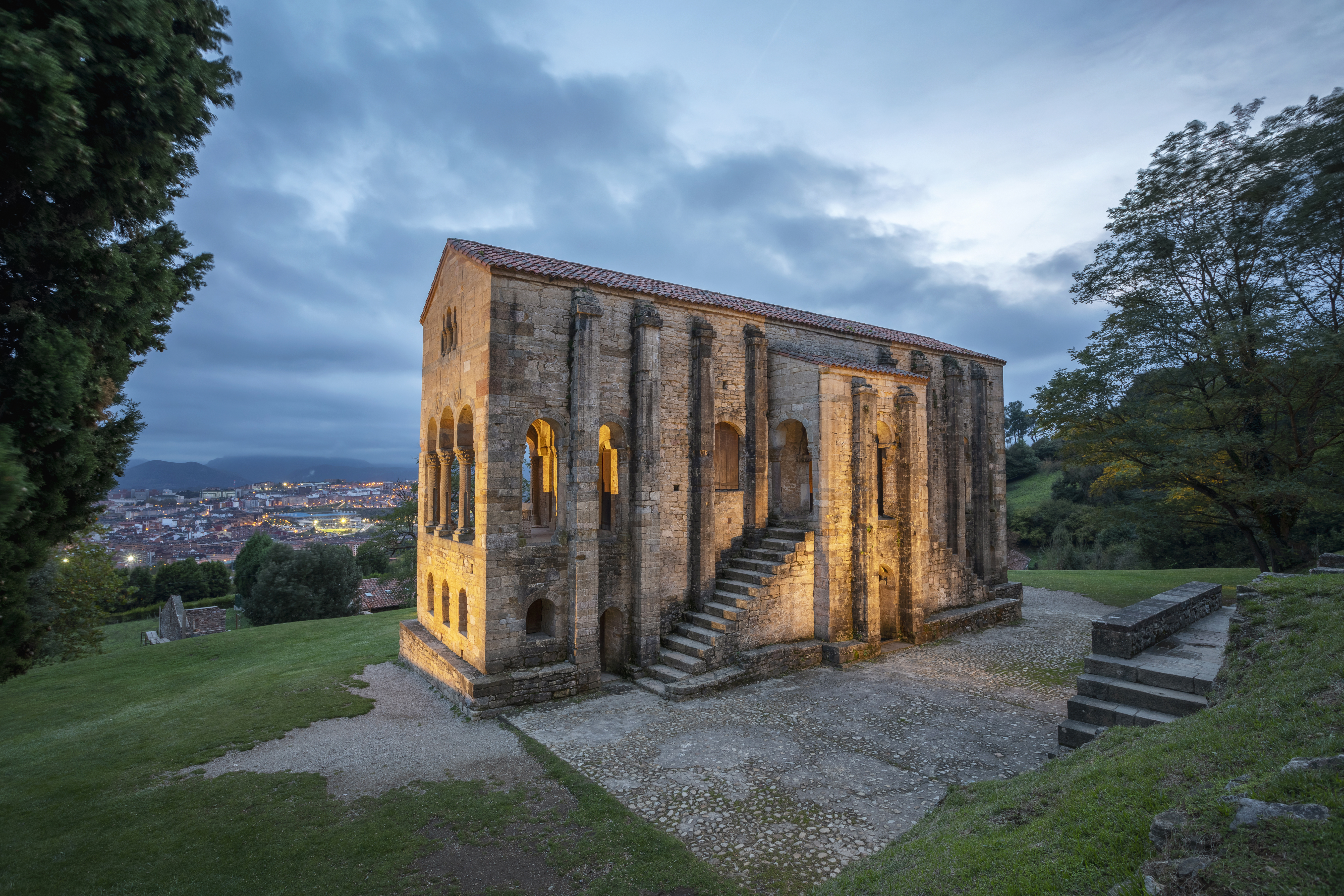
Oviedo, the capital of Asturias, is a city that embodies the spirit of northern Spain. Nestled between the mountains and the sea, Oviedo is known for its picturesque landscapes and rich cultural heritage. The city's historic center is a labyrinth of medieval streets, charming plazas, and impressive landmarks, including the Gothic Cathedral of San Salvador and the pre-Romanesque churches of Santa María del Naranco and San Miguel de Lillo. Oviedo's vibrant cultural scene is celebrated through its numerous festivals, including the renowned Asturias International Film Festival. The city's culinary offerings, from traditional Asturian cider to hearty regional dishes, provide a taste of the region's unique flavors. For those seeking a city that captures the essence of Asturias, Oviedo offers an enchanting experience that delights the senses.
12. Jerez de la Frontera: The Soul of Andalusia
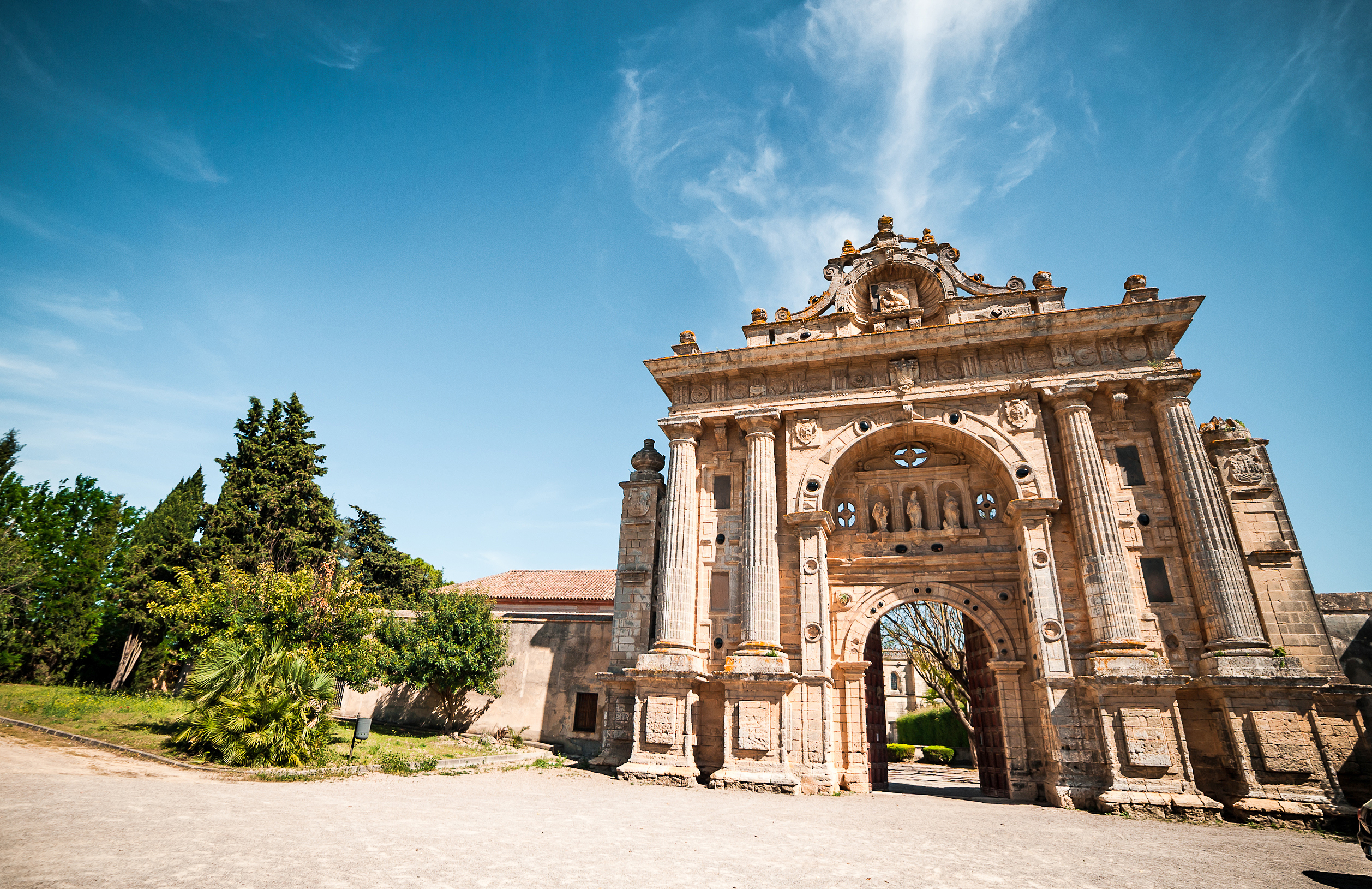
Jerez de la Frontera, located in the Andalusian province of Cádiz, is a city that embodies the soul of southern Spain. Known for its sherry production, flamenco music, and equestrian traditions, Jerez is a city of vibrant culture and passionate expression. Visitors can explore the city's historic bodegas, where the art of sherry-making has been perfected over centuries, or attend a flamenco performance at one of its renowned tablaos. Jerez's rich cultural heritage is also celebrated through its numerous festivals, including the famous Feria del Caballo, which showcases the city's equestrian traditions. For those seeking a city that captures the essence of Andalusian culture, Jerez de la Frontera offers an unforgettable journey into the heart of Spain's southern soul.
13. Ronda: The City of Dramatic Views
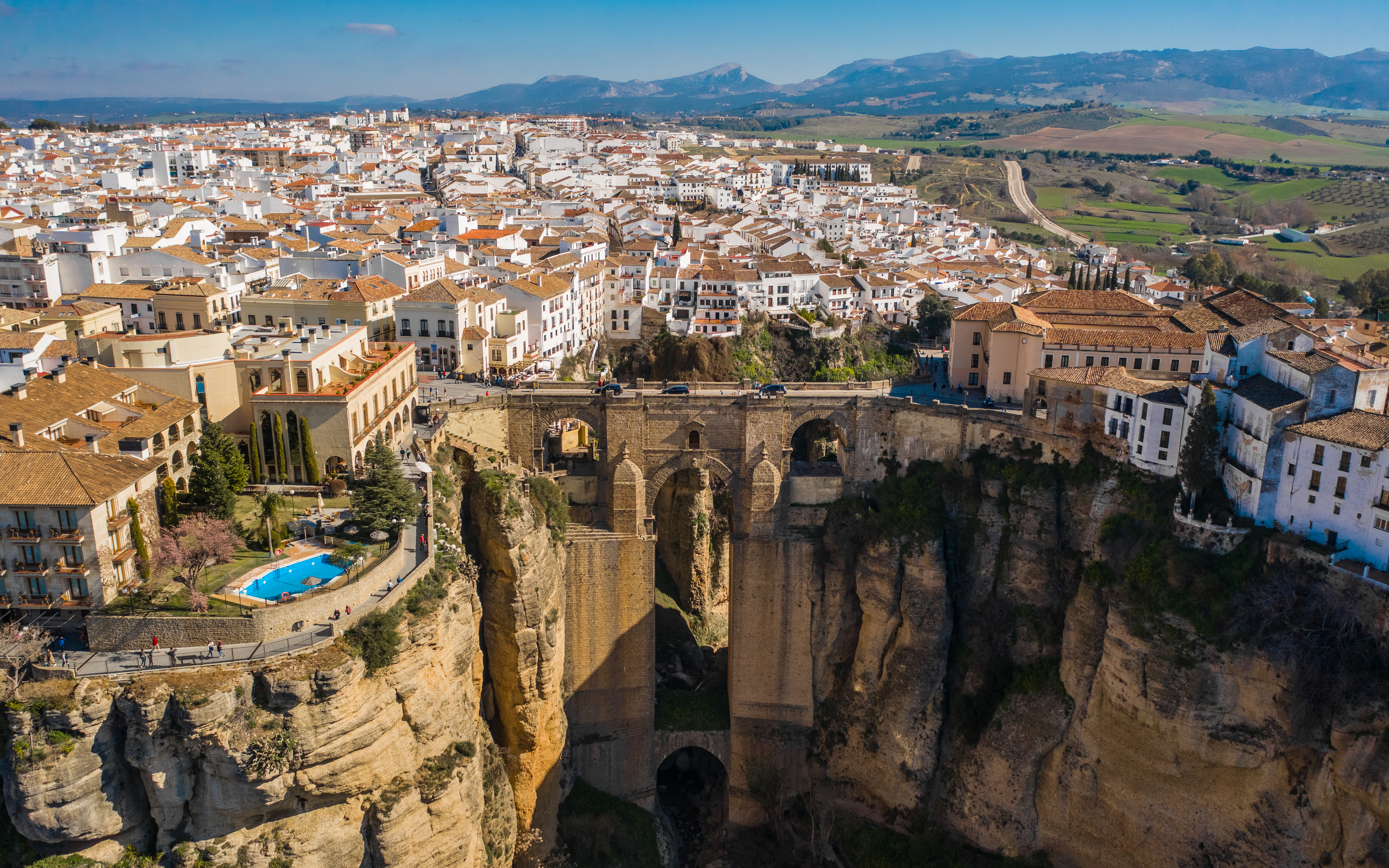
Perched atop a sheer limestone gorge, Ronda is one of the most visually stunning towns in Spain. The Puente Nuevo, a breathtaking 18th-century bridge, spans the deep El Tajo canyon, offering panoramic views that seem almost surreal. Ronda is also known for its deep historical roots, with remnants of Moorish architecture, an ancient bullring considered the cradle of Spanish bullfighting, and a charming old town filled with whitewashed houses and picturesque squares. Whether sipping wine at a cliffside terrace or exploring its labyrinthine streets, Ronda embodies Andalusian romance and intrigue.
14. Ávila: The City of Stone and Saints
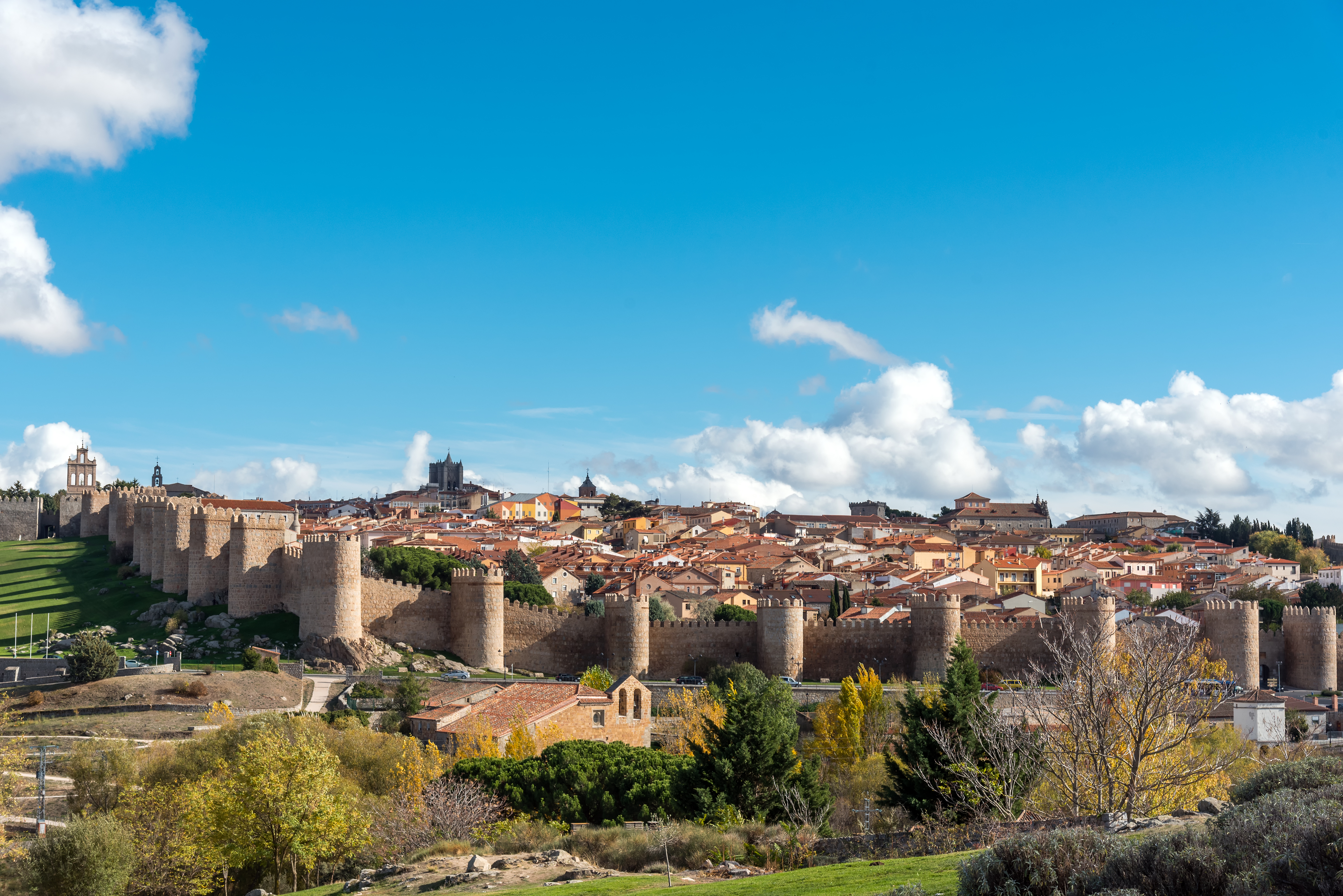
Encircled by remarkably preserved medieval walls, Ávila is a city that transports visitors straight to the Middle Ages. Declared a UNESCO World Heritage site, its massive walls, punctuated by 88 watchtowers, remain one of Europe’s most impressive fortifications. Beyond the walls, visitors will find a city steeped in religious significance, being the birthplace of Saint Teresa of Ávila. Gothic churches, convents, and Renaissance palaces contribute to Ávila’s mystical atmosphere, while its authentic Castilian cuisine—including the famed Chuletón de Ávila (a thick, juicy steak)—offers a feast for the senses.
15. Segovia: A Fairytale City with a Roman Aqueduct

Segovia is an enchanting city known for its majestic Roman aqueduct, which has stood for nearly 2,000 years without mortar or cement, a true feat of engineering. Beyond this architectural wonder, Segovia boasts the Alcázar of Segovia, a striking castle with fairy-tale turrets said to have inspired Disney’s Cinderella Castle. The city’s winding alleys lead to beautiful plazas, historic churches, and traditional asadores (roast houses) serving the iconic Cochinillo Asado (suckling pig), a dish that embodies Segovia’s culinary excellence.
16. Llanes: The Gem of Asturias’ Coastline
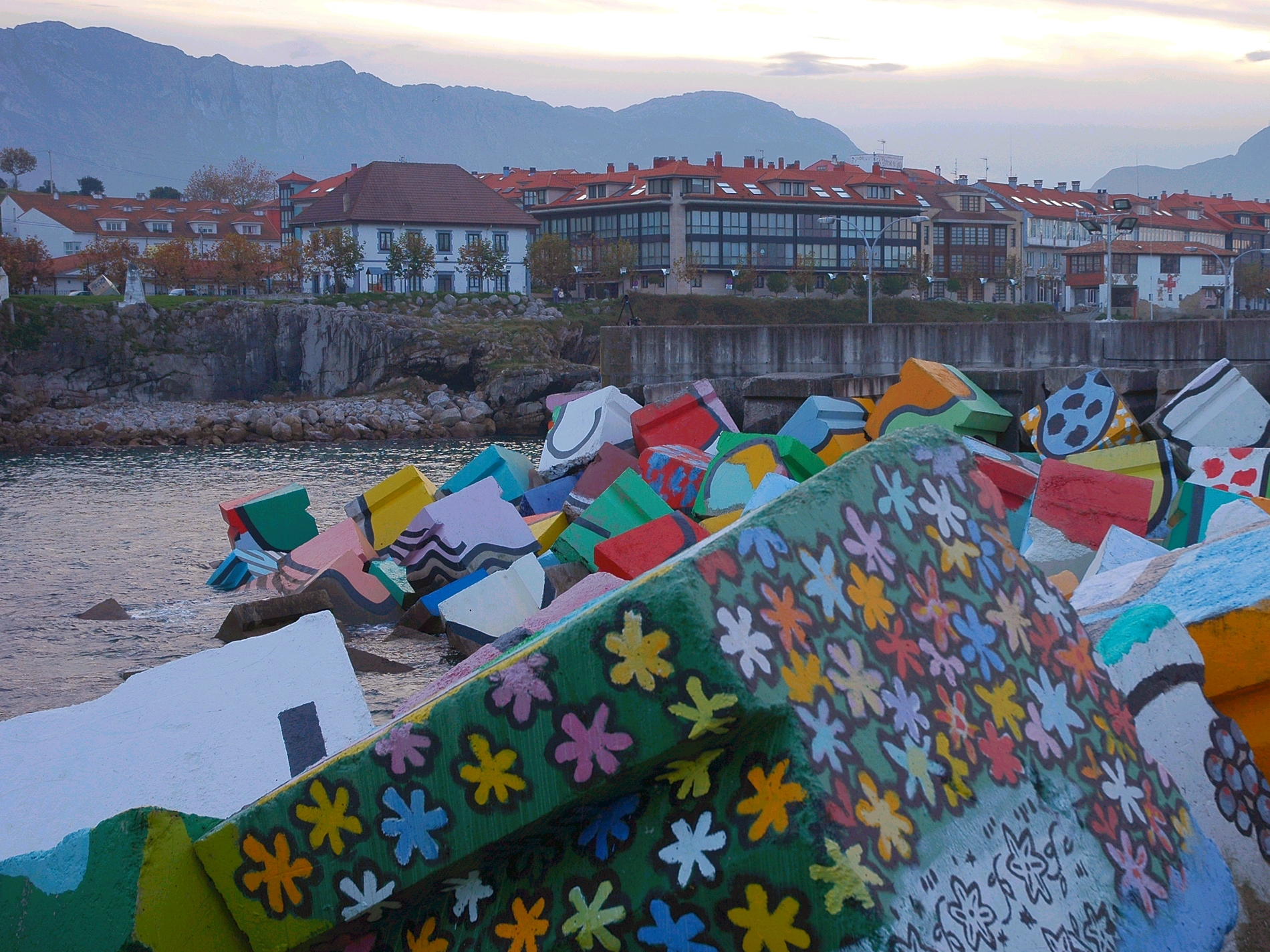
Llanes is a coastal paradise in Asturias, offering pristine beaches, rugged cliffs, and emerald-green hills. The town’s old quarter is a beautifully preserved enclave of stone streets, traditional Asturian architecture, and medieval remnants. Llanes is also a gateway to the Picos de Europa National Park, making it an ideal spot for nature lovers. Whether strolling along the Cubos de la Memoria, colorful breakwater cubes painted by Basque artist Agustín Ibarrola, or indulging in fresh seafood and Asturian cider, Llanes is a dreamlike escape blending sea, mountains, and culture.
17. Santillana del Mar: The Town of a Thousand Legends
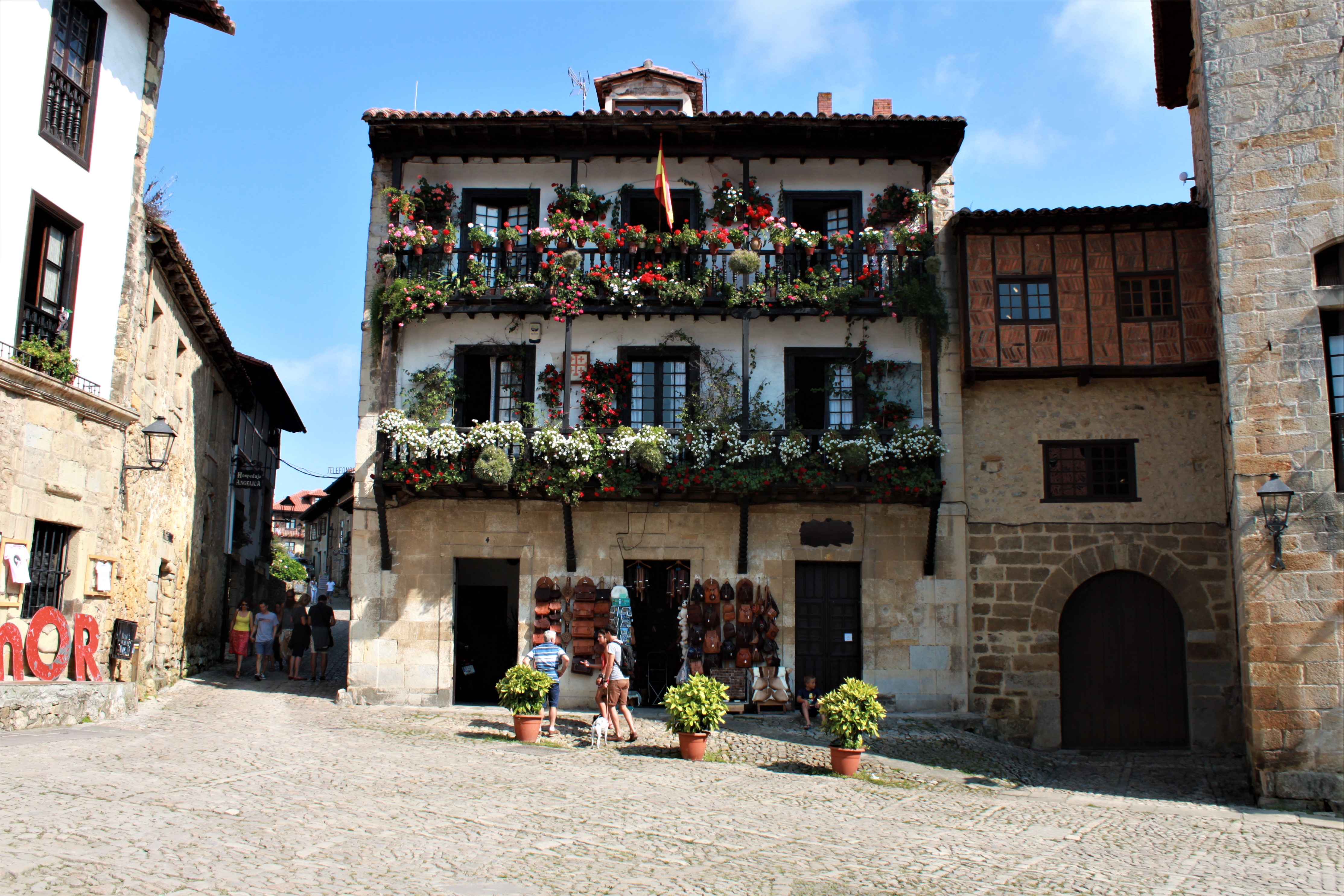
Despite its name, Santillana del Mar is not by the sea, but it is one of Spain’s most beautifully preserved medieval towns. Its cobbled streets, golden-hued buildings, and Romanesque churches make it a step back in time. The town is also home to the Altamira Caves, often called the "Sistine Chapel of Prehistoric Art," featuring 17,000-year-old Paleolithic cave paintings. Strolling through Santillana del Mar feels like wandering through a living museum, where history and legend intertwine at every turn.
18. Ubeda: A Renaissance Marvel in Andalusia
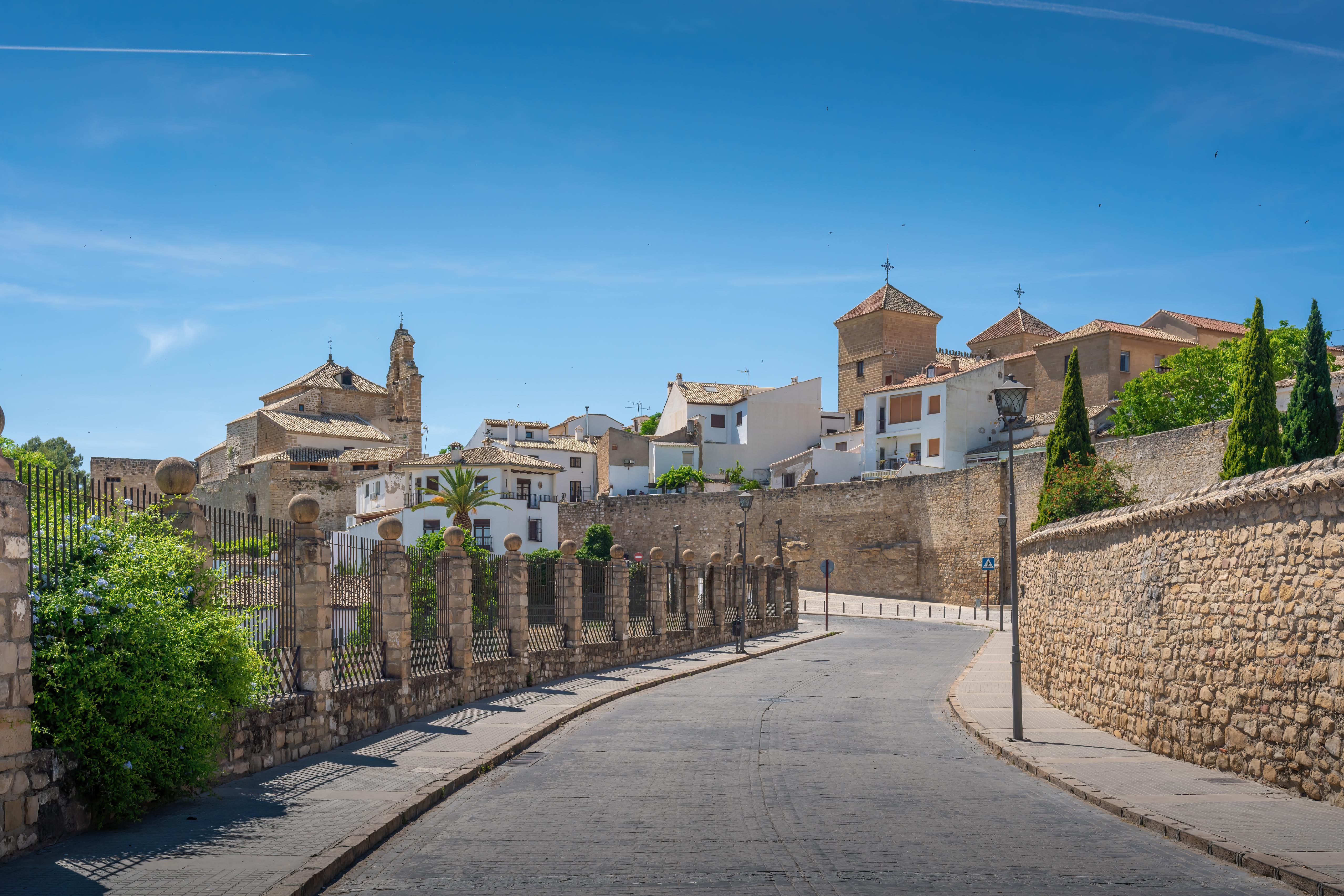
Often overshadowed by the grandeur of Seville and Granada, Úbeda is a hidden Renaissance treasure in Jaén province. Known for its exquisite palaces, grand churches, and meticulously designed squares, this UNESCO-listed town showcases Italian-inspired Renaissance architecture, rare in Spain. The Sacra Capilla del Salvador, a masterpiece by architect Andrés de Vandelvira, stands as a testament to Úbeda’s artistic and historical significance. The town is also a prime location for experiencing Jaén’s world-renowned olive oil, as it is surrounded by endless olive groves.
19. Cudillero: The Enchanting Fishing Village
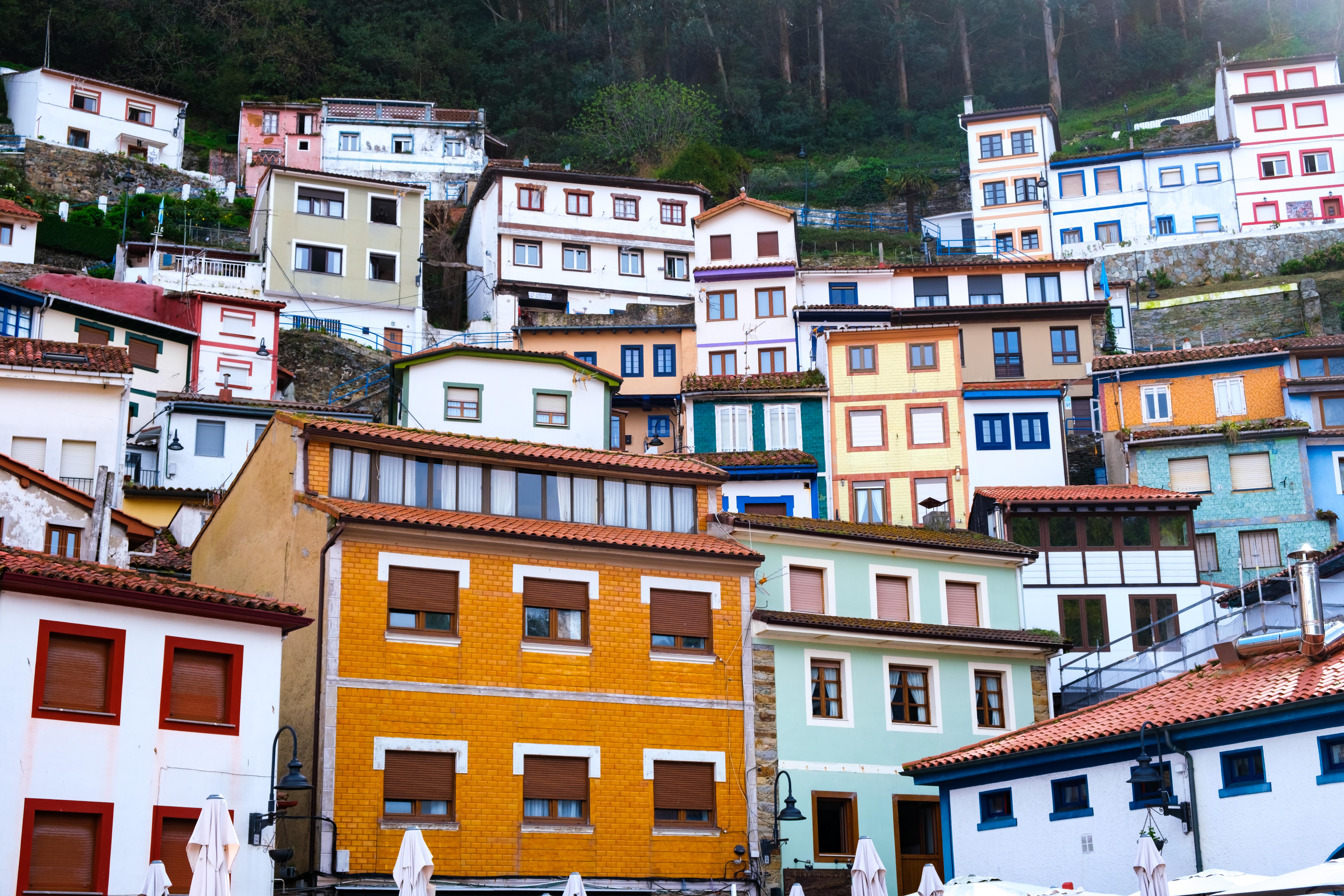
Cudillero is one of Spain’s most picturesque coastal villages, where colorful houses cascade down a steep hillside, creating a vibrant mosaic against the backdrop of the sea. Known for its fishing heritage, Cudillero offers some of the best seafood in Asturias, served in charming seaside taverns. The Mirador del Pico, one of several scenic viewpoints, offers breathtaking panoramic views of the town and coast. With its unique blend of maritime charm and rich cultural traditions, Cudillero is an unmissable gem on Spain’s northern coast.
20. Albarracín: A Medieval Fairytale in Aragón
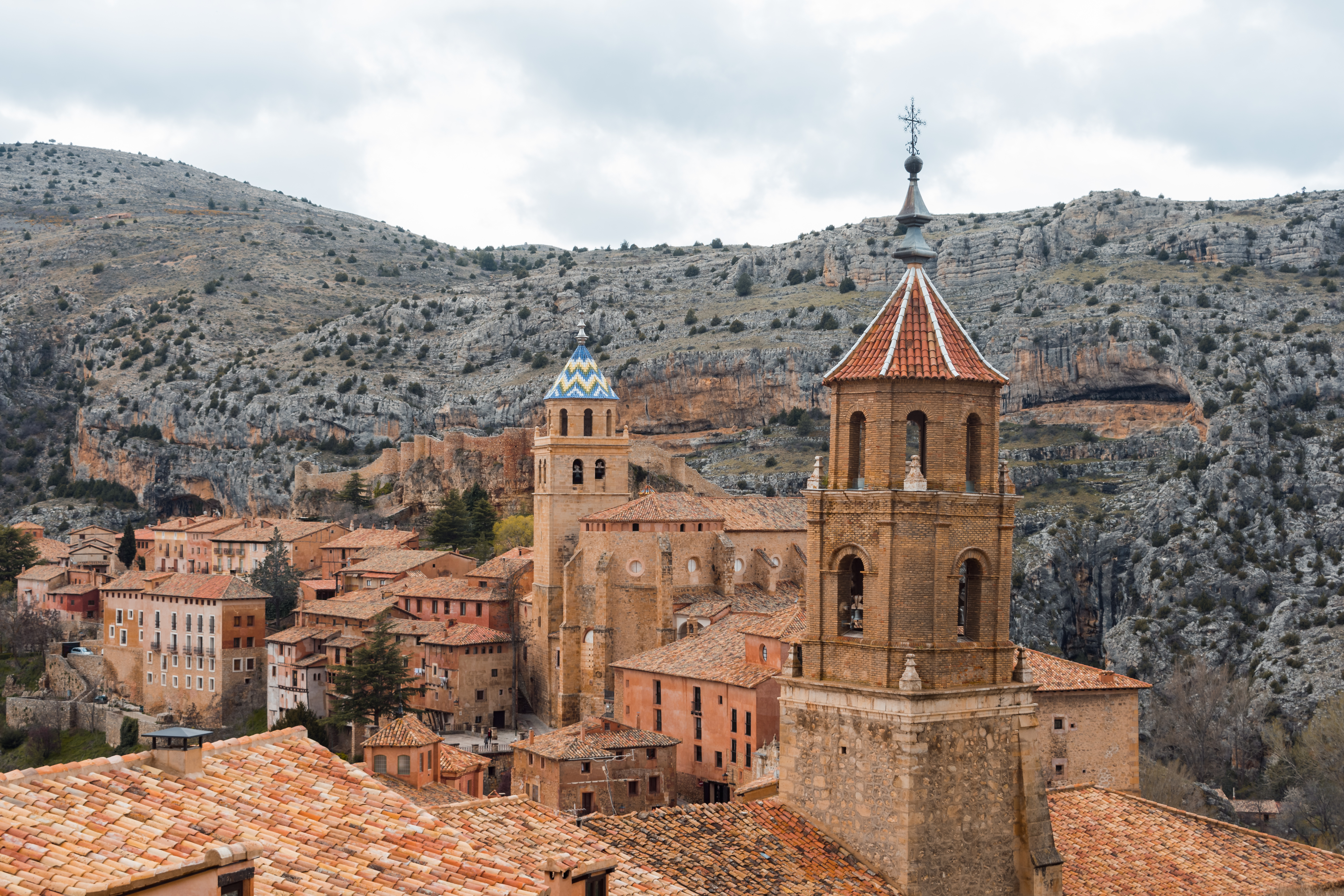
Albarracín, often regarded as Spain’s most beautiful medieval town, is an untouched historical treasure. Nestled in the rugged landscapes of Teruel province, this hilltop fortress town is encased in ancient walls and crowned by an imposing castle. The pink-hued buildings, narrow cobbled streets, and wooden balconies adorned with flowers give Albarracín a timeless charm. Walking through its sloping alleys feels like stepping into a medieval storybook, complete with mysterious passageways and dramatic vistas overlooking the Guadalaviar River.
21. Comillas: A Modernist Coastal Retreat
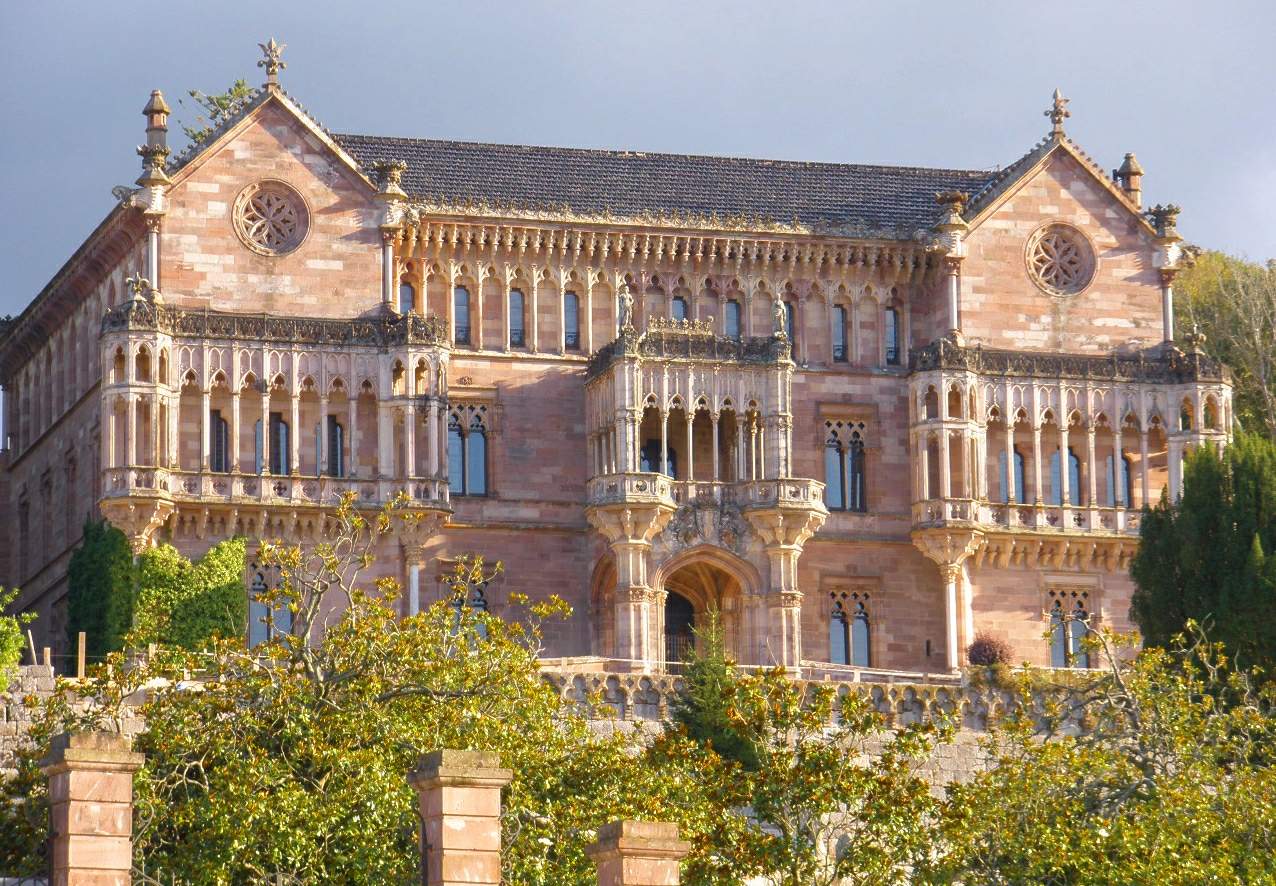
Comillas, a small coastal town in Cantabria, is a haven for lovers of modernist architecture. It is home to El Capricho, one of the few works designed by Antoni Gaudí outside of Catalonia—a whimsical, sunflower-adorned masterpiece. Comillas also boasts a golden beach, a historic cemetery with a haunting angel sculpture, and the stunning Palacio de Sobrellano, an elegant neo-Gothic palace. With its blend of coastal beauty, artistic heritage, and regal architecture, Comillas is a town that surprises and delights at every turn.
22. Frigiliana: The Prettiest White Village in Andalucía
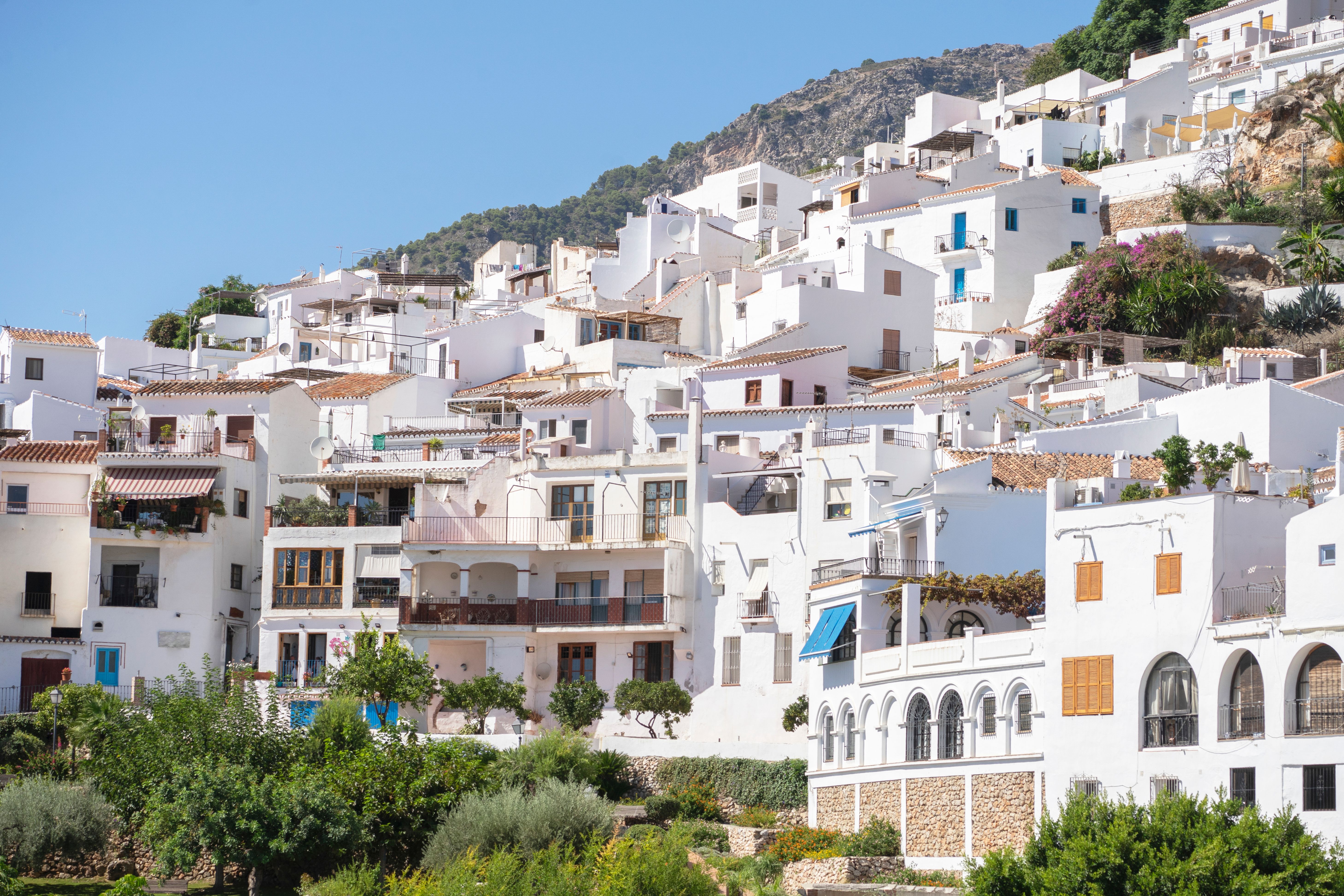
Tucked into the foothills of Málaga’s Axarquía region, Frigiliana is one of Spain’s most beautiful white villages. Its narrow, flower-filled streets, Moorish influences, and whitewashed houses make it a photographer’s paradise. The town offers spectacular views over the Mediterranean and is known for its local wine, honey, and artisanal crafts. Frigiliana’s Festival of the Three Cultures, celebrating its Christian, Jewish, and Moorish heritage, showcases the town’s vibrant history through music, gastronomy, and lively processions.
23. Hondarribia: A Coastal Jewel of the Basque Country
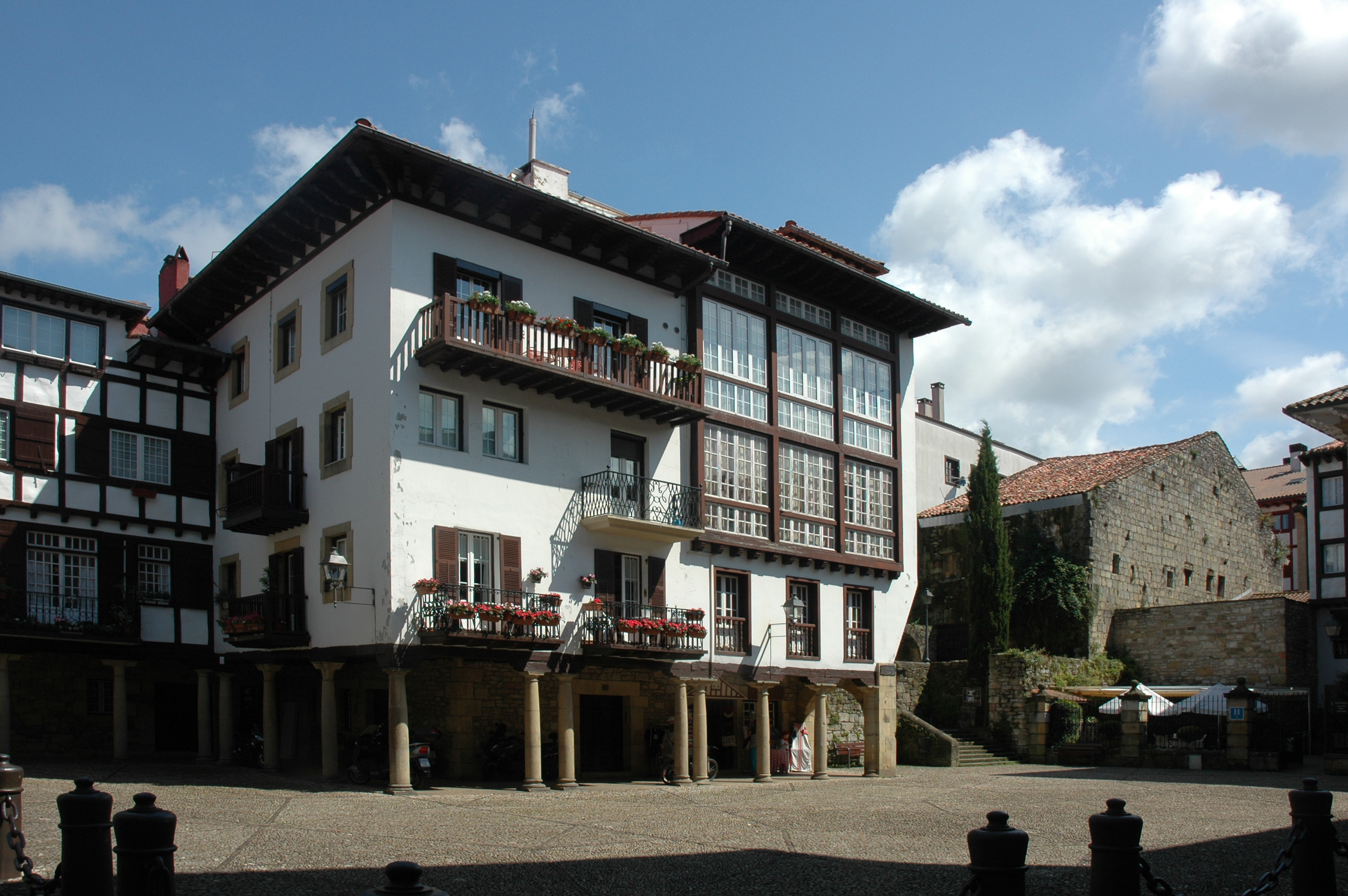
Hondarribia, located in Spain’s Basque Country, is a charming seaside town known for its colorful half-timbered houses, vibrant fishing port, and rich maritime history. Its well-preserved medieval old town, encased in formidable stone walls, leads to Santa María Gate, a historic entryway to the city. The town is also a paradise for food lovers, with some of the best pintxos (Basque tapas) bars in the region. Whether exploring its coastal beauty or indulging in world-class Basque cuisine, Hondarribia is a feast for the senses.
24. Morella: A Fortress in the Clouds
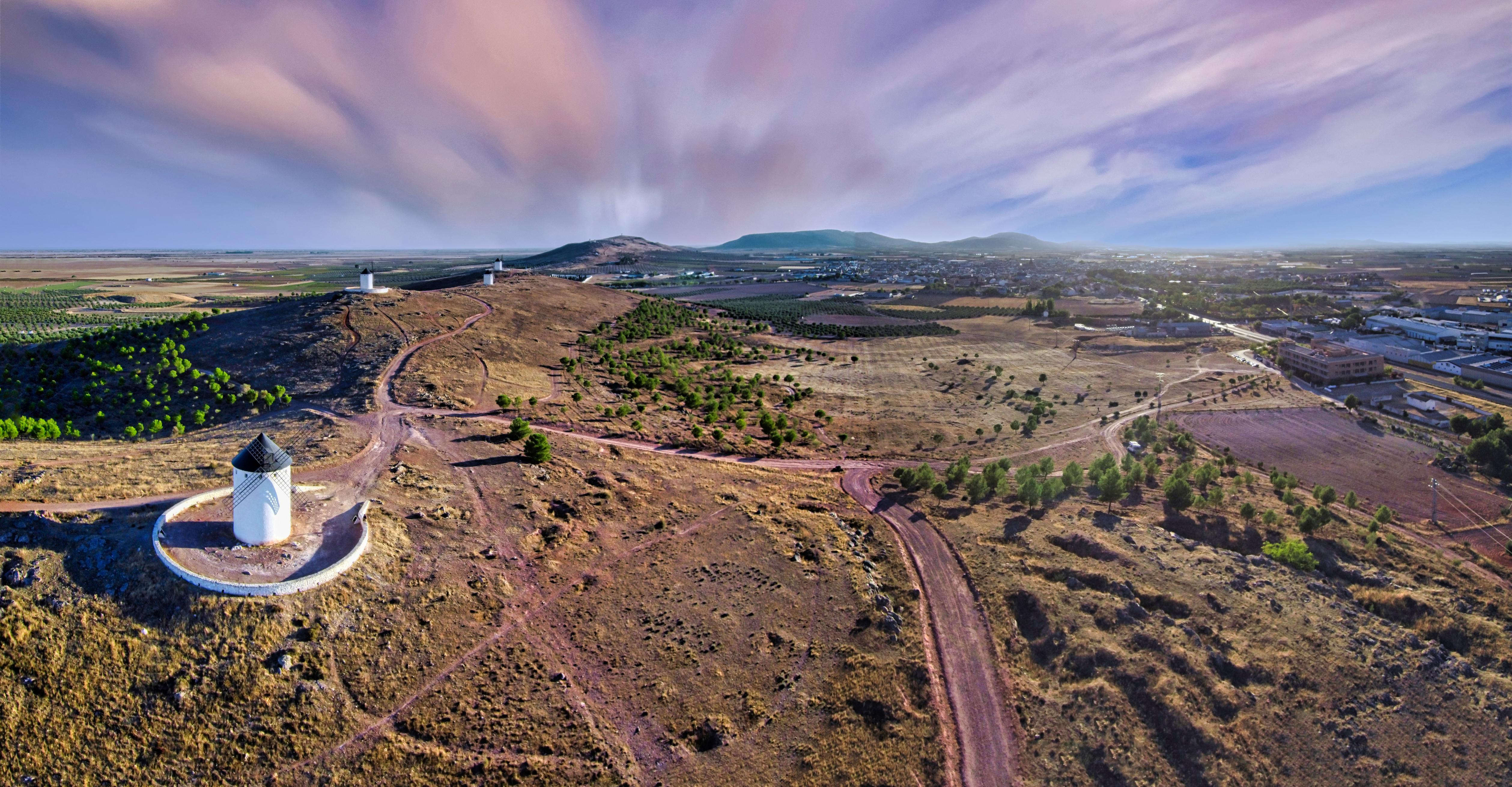
Rising dramatically from the Valencian countryside, Morella is an awe-inspiring walled city with a commanding hilltop medieval castle. Its cobbled streets, centuries-old churches, and towering aqueduct transport visitors to a time when the city was a strategic stronghold during Spain’s medieval wars. Morella is also famous for its truffle-based cuisine, attracting food enthusiasts eager to sample dishes infused with this prized ingredient. The town’s magical silhouette against the skyline makes it one of Spain’s most breathtaking and underrated destinations.
25. Vitoria-Gasteiz, Basque Country: The Green Capital
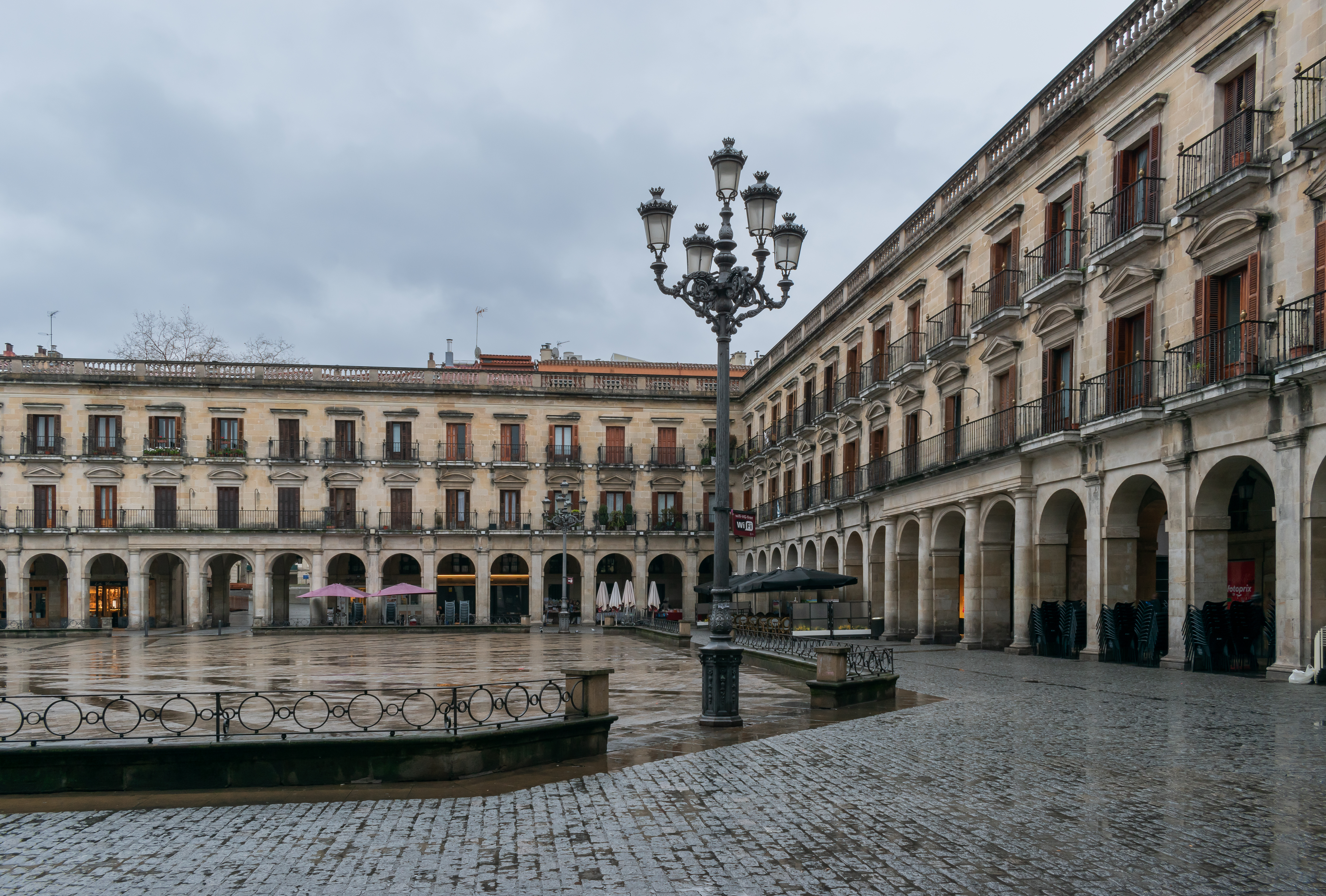
Often overshadowed by Bilbao and San Sebastián, Vitoria-Gasteiz is the Basque Country's political capital and a European Green Capital award winner. Its remarkably well-preserved medieval core, the "Almendra Medieval," is shaped like an almond and begs exploration by foot. Beyond history, the city boasts an impressive green belt of parks, excellent cycling infrastructure, and a high quality of life. Enjoy lively pintxo bars without the overwhelming crowds, visit the stunning Santa María Cathedral (which inspired Ken Follett's "World Without End"), and experience a sophisticated yet grounded Basque city.
26. Pamplona, Navarra: Beyond the Bull Run
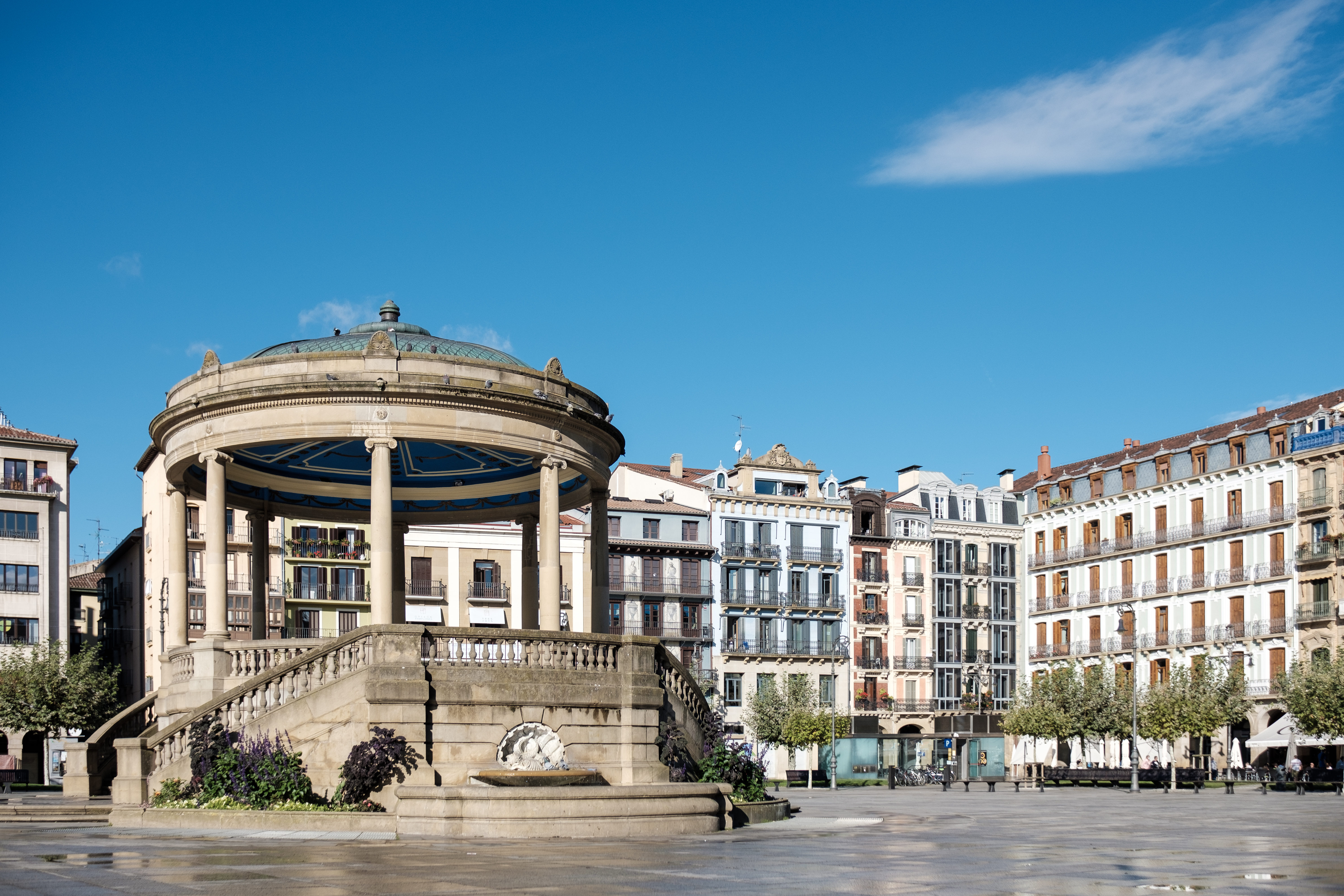
World-famous for the San Fermín festival, Pamplona offers compelling history and charm year-round, long after the bulls have run. Its massive, star-shaped Citadel is one of Europe's best-preserved Renaissance military structures, perfect for a reflective walk. Explore the Gothic cathedral, wander the colourful streets of the old town (Casco Viejo), and enjoy delicious Navarrese cuisine and local wines. Outside of early July, Pamplona reveals itself as a proud, historic city with a welcoming atmosphere, set against the backdrop of the Pyrenean foothills.
27. Logroño, La Rioja: Wine, Tapas, and the Ebro
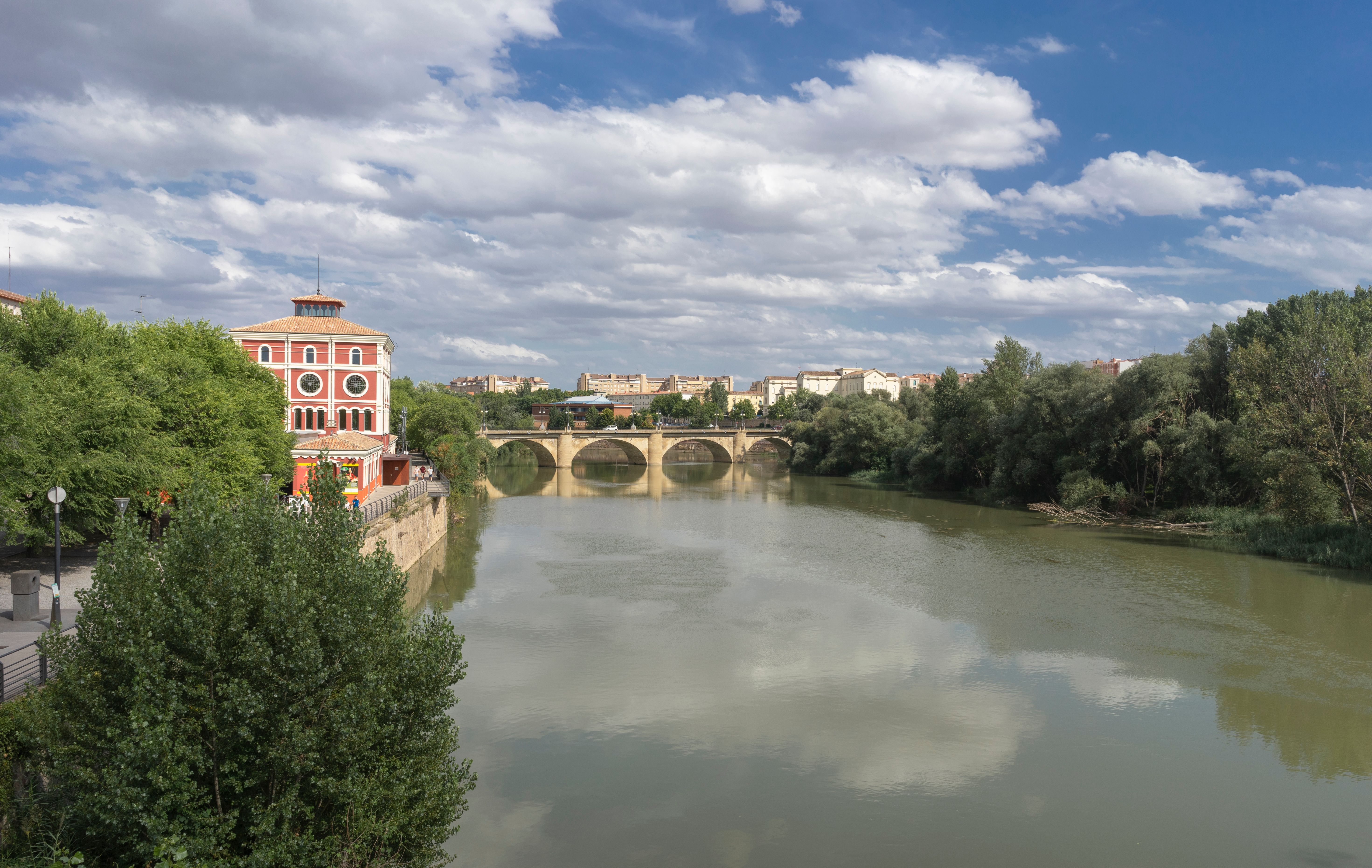
As the capital of Spain's premier wine region, La Rioja, Logroño is a must for wine lovers seeking an authentic experience. The city lives and breathes wine culture, but its heart truly beats along Calle Laurel and its surrounding streets – a legendary tapas crawl destination where each tiny bar specializes in just one or two incredible bites. Stroll along the Ebro River, admire the architecture of churches like Santa María de Palacio, and use the city as a base to explore nearby wineries (bodegas) without the pretension of other wine capitals.
28. Cartagena, Murcia: A Phoenician Port's Roman Splendor
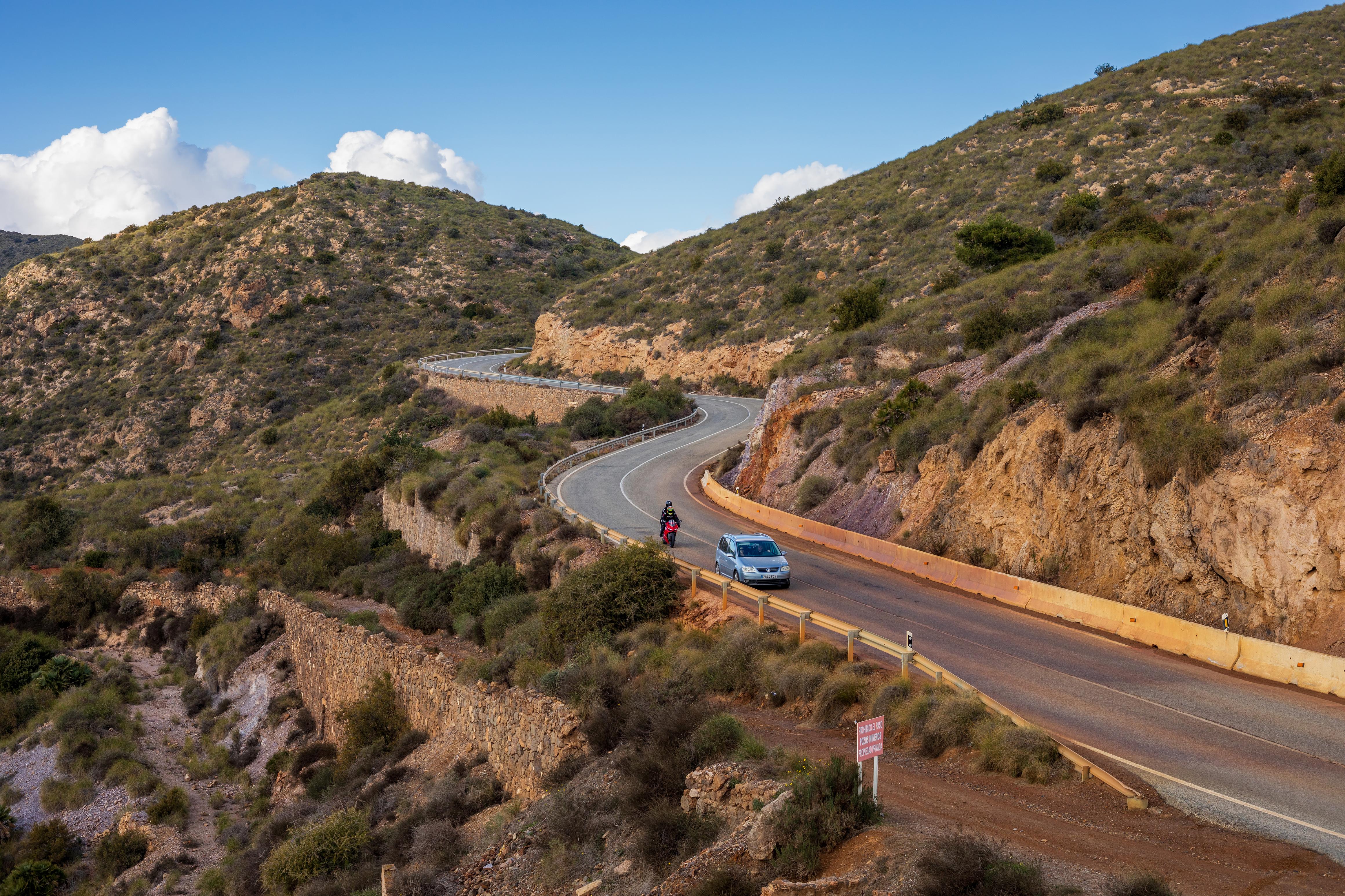
Nestled in a deep natural harbor on the Mediterranean coast, Cartagena boasts an astonishingly rich history often missed by travelers. Founded by Carthaginians and thriving under Rome, its crown jewel is a beautifully preserved Roman Theatre, dramatically revealed amidst the modern city. Explore the Punic Wall (one of the few Carthaginian remains in Spain), admire striking Art Nouveau architecture, and delve into naval history at the port. Cartagena offers layers of ancient history combined with a lively port city feel, distinct from typical Andalusian or Catalan destinations.
29. Jaén, Andalusia: Olive Oil Capital Under a Castle
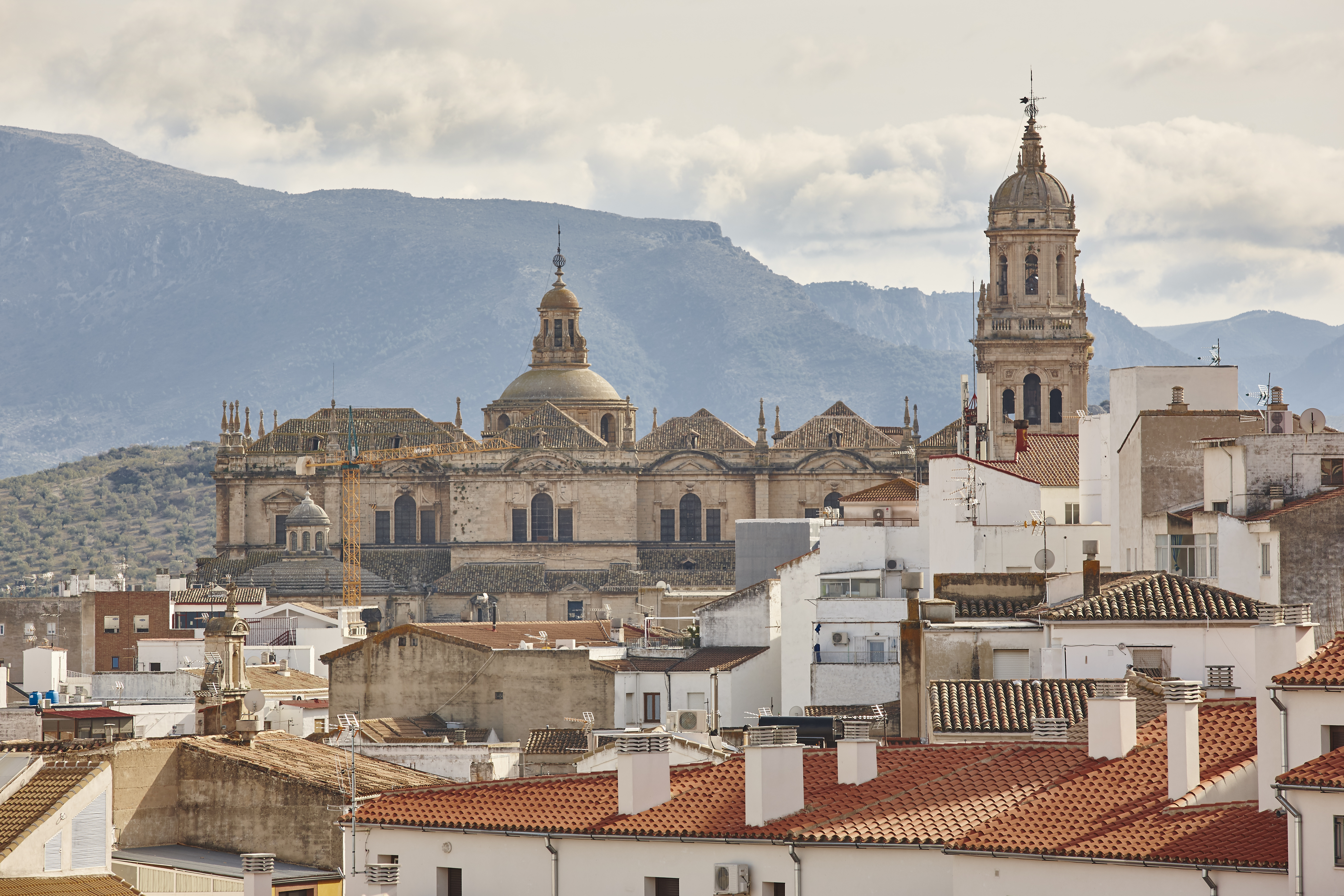
While tourists flock to other Andalusian cities, Jaén remains delightfully authentic. Perched dramatically beneath the Castle of Santa Catalina, the city dominates a landscape carpeted with seemingly endless olive groves – Jaén is the undisputed world capital of olive oil. Visit the impressive Renaissance cathedral (a model for many in Latin America), explore the Arab Baths (some of Spain's largest), and savor tapas where olive oil is king. The views from the castle alone are worth the trip, offering a different perspective on Andalusia.
30. Teruel, Aragón: Mudéjar Masterpieces and Lovers' Legend
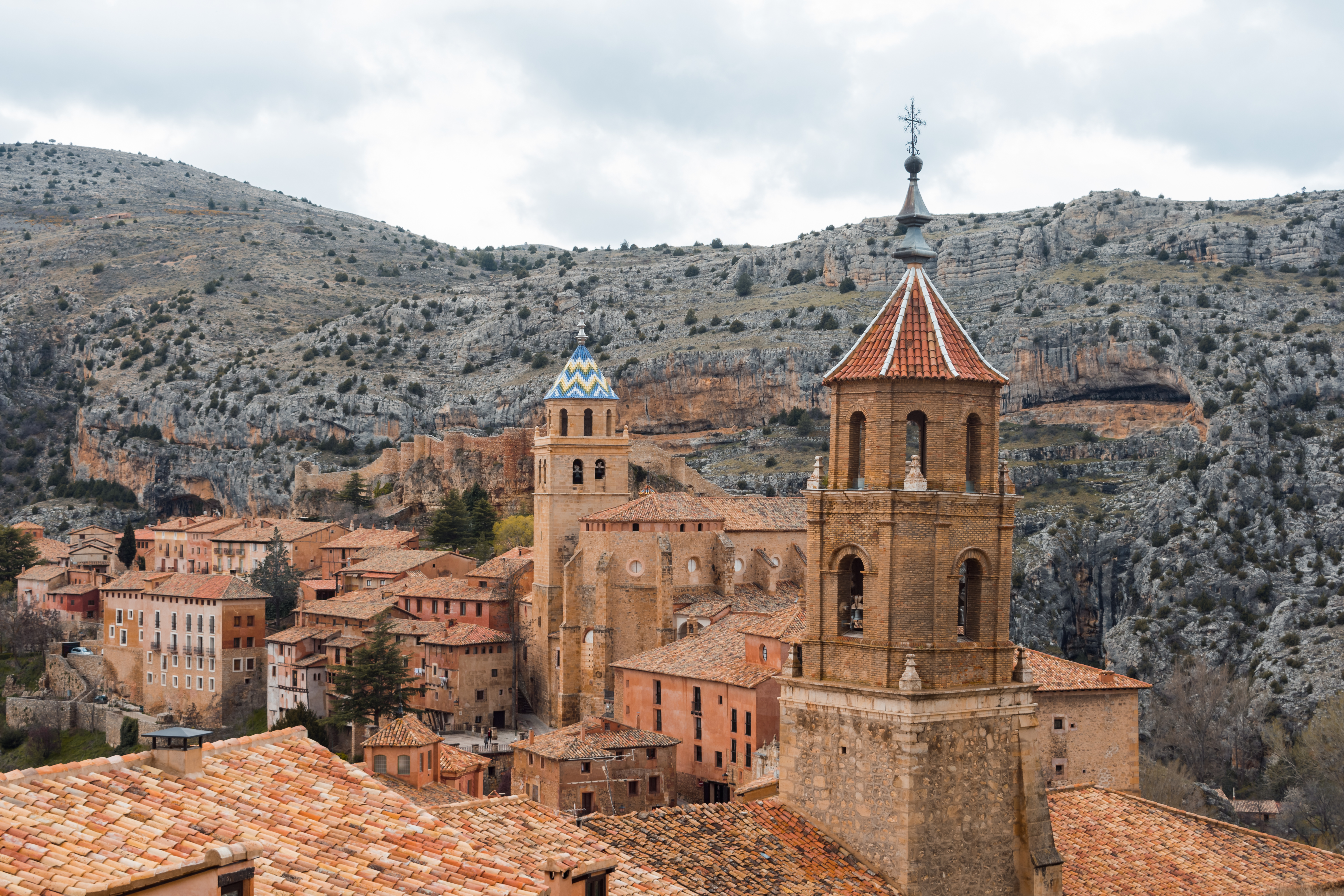
Remote and often bypassed, Teruel is a hidden gem renowned for its exquisite Mudéjar architecture – a unique blend of Islamic and Gothic styles recognized by UNESCO. Its cathedral tower, San Pedro church tower, and others are stunning examples. The city is also famous for the poignant legend of the Lovers of Teruel, whose mausoleum draws visitors. Add nearby dinosaur discoveries (Dinópolis theme park), and Teruel offers a captivating mix of art, romance, and prehistory in the rugged heart of Aragón.
31. Zamora, Castile and León: The Romanesque Jewel
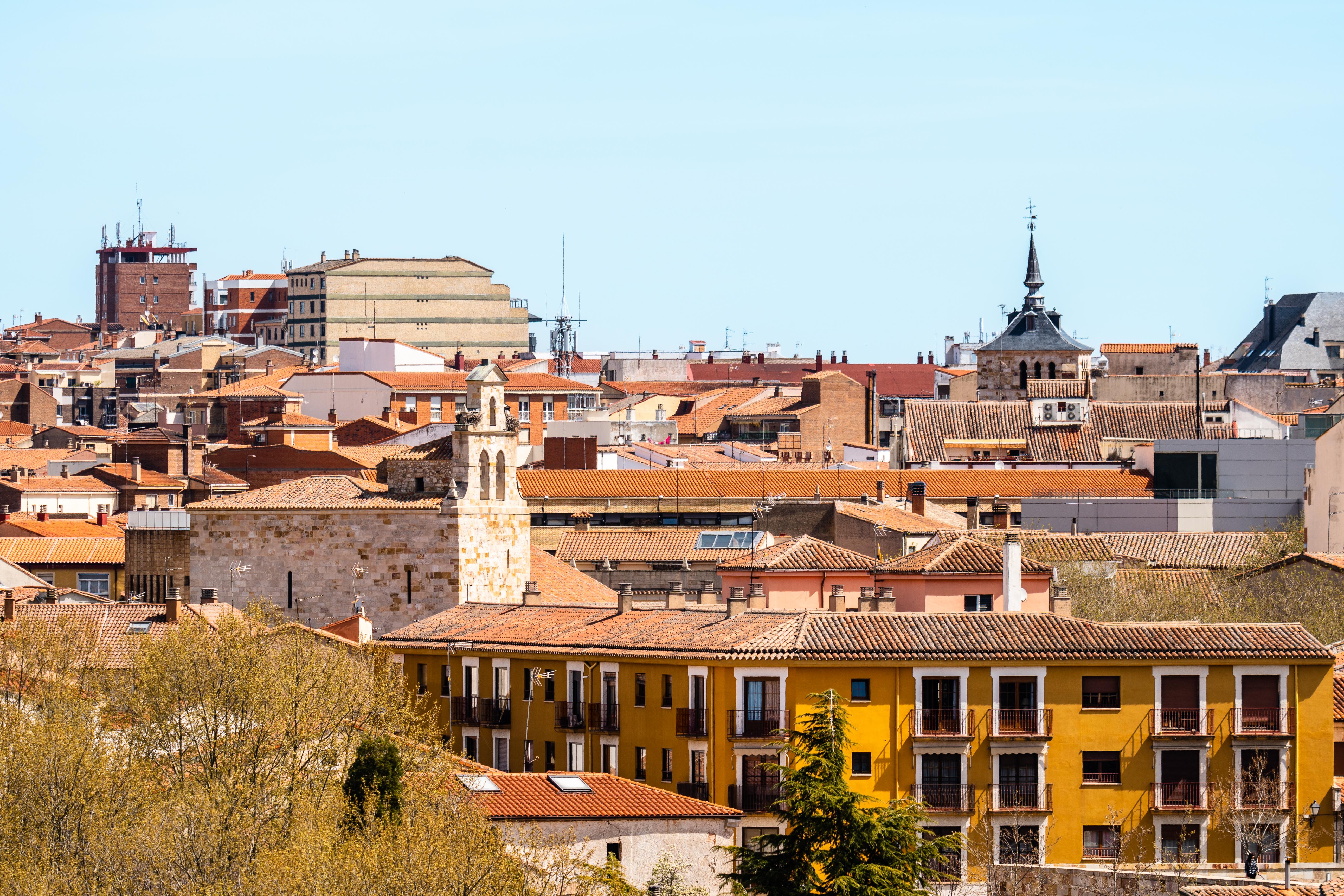
Situated gracefully on the banks of the Duero River, Zamora claims the highest concentration of Romanesque architecture in Europe. Its historic center is packed with over twenty Romanesque churches, characterized by their sturdy construction, intricate stone carvings, and beautiful simplicity. Highlights include the unique scaled dome of the cathedral and the perfectly preserved Church of San Juan de Puerta Nueva. With its medieval bridge, city walls, and tranquil riverside walks, Zamora offers a peaceful journey back in time for lovers of history and architecture.
32. Ourense, Galicia: Thermal Springs in the City
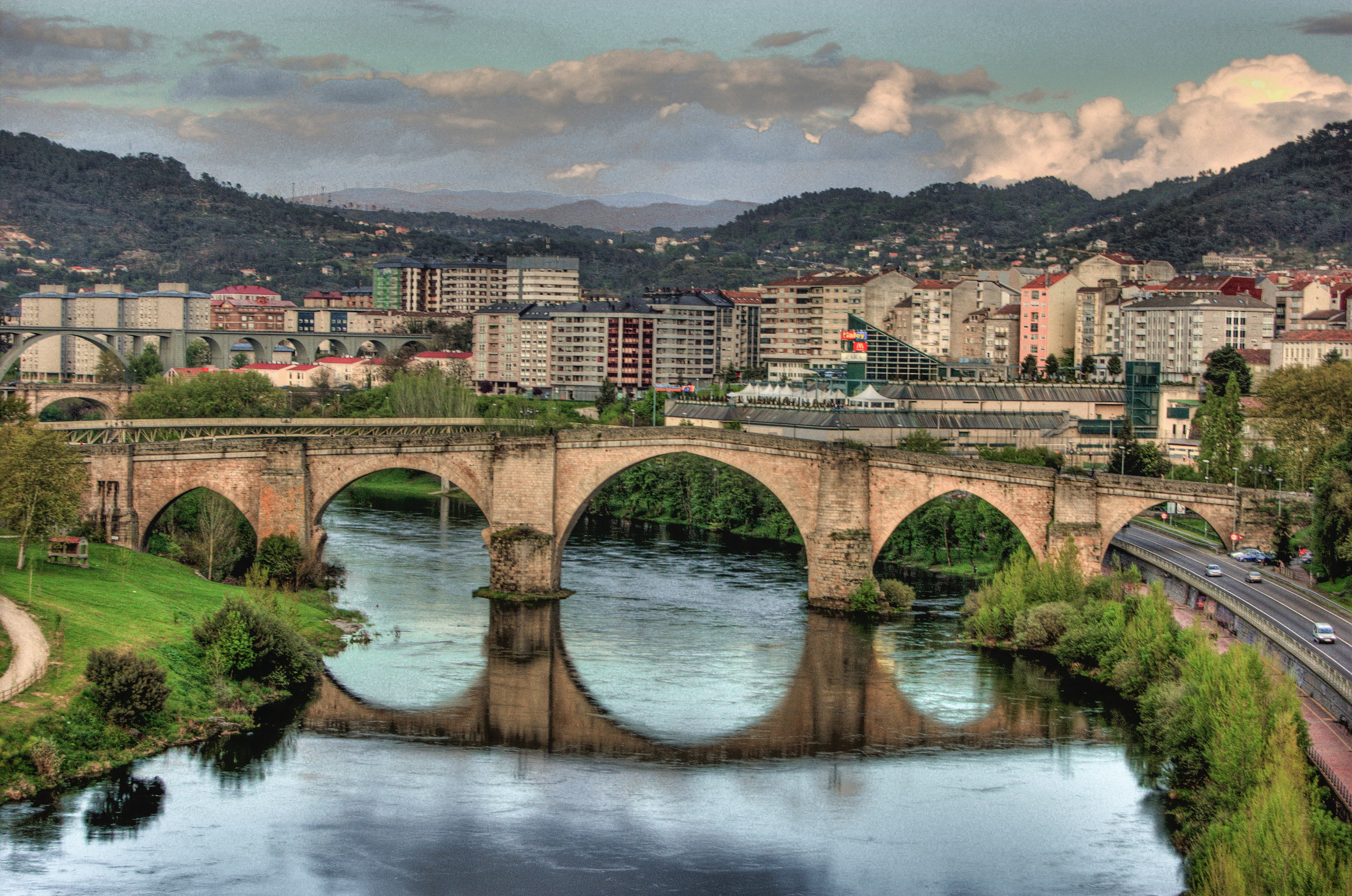
Galicia's third-largest city offers a unique attraction: natural thermal springs bubbling right in the heart of town. "As Burgas" springs have been used since Roman times, and you can still see locals using the historic fountains or visit modern thermal facilities nearby (like Outariz) along the Miño River. Beyond the hot springs, Ourense boasts a charming old town, a beautiful Roman bridge (Ponte Vella), and a lively atmosphere fueled by university students, offering a relaxing and distinctly Galician urban experience.
33. Badajoz, Extremadura: Fortress on the Frontier
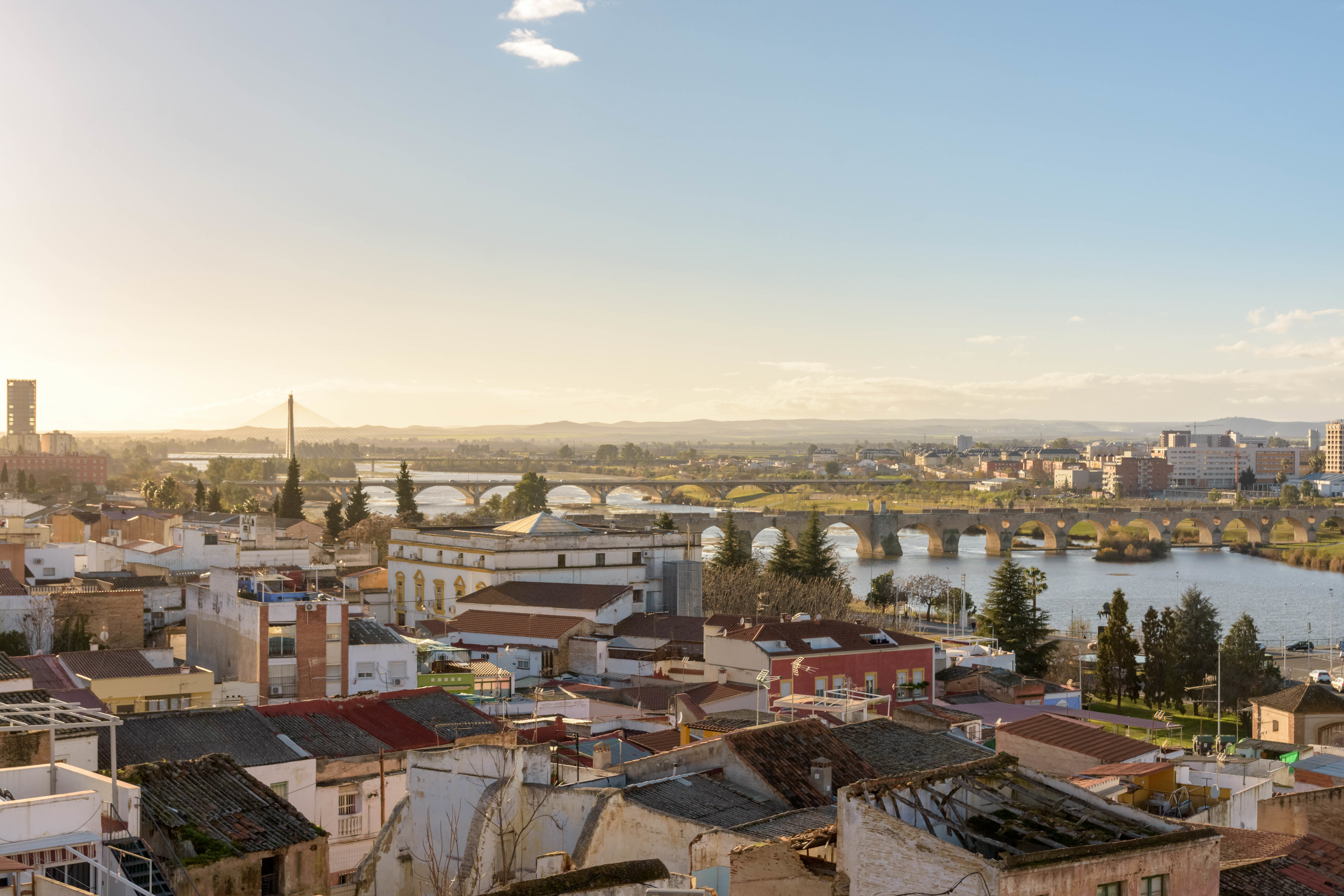
As the largest city in the often-overlooked region of Extremadura, Badajoz commands attention with its massive Alcazaba, one of the largest Moorish citadels in Spain, offering commanding views over the Guadiana River towards Portugal. Explore the historic Plaza Alta, admire the cathedral, and sense the city's frontier history. While less polished than some tourist favorites, Badajoz offers a glimpse into a powerful past and authentic Spanish life near the Portuguese border, rewarding those who venture off the main routes.
34. Soria, Castile and León: Poetic Charm and Romanesque Whispers
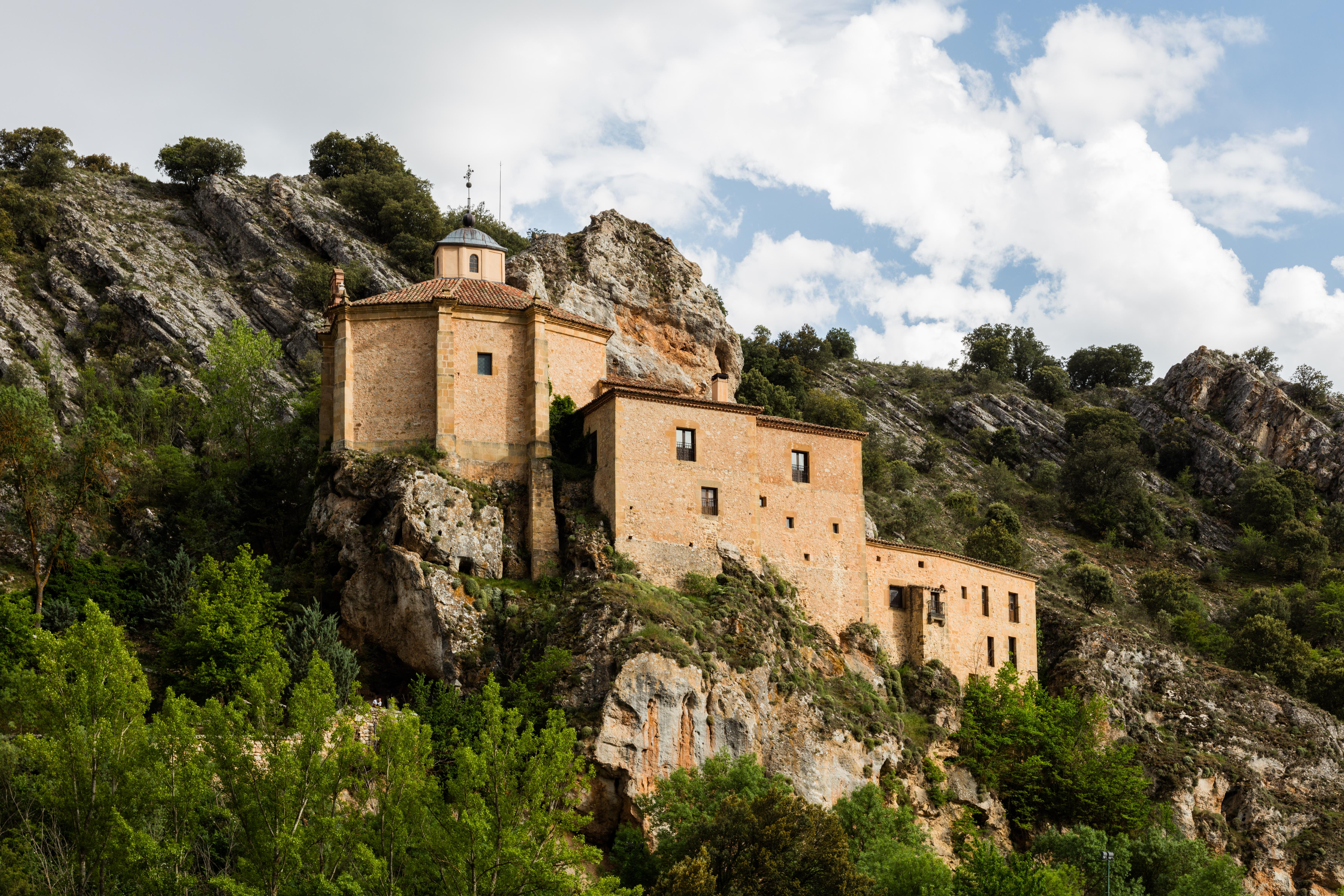
Immortalized by the poet Antonio Machado, Soria exudes a quiet, melancholic charm. Set along the Duero River, this Castilian city boasts exquisite Romanesque gems like the cloisters of San Juan de Duero (with unique intertwined arches) and the church of Santo Domingo. The nearby archaeological site of Numancia tells a powerful story of Celtiberian resistance against Rome. Soria offers a peaceful escape, perfect for those seeking historical depth, poetic landscapes, and an authentic taste of Spain's sparsely populated interior.
Embracing Spain's Hidden Charms
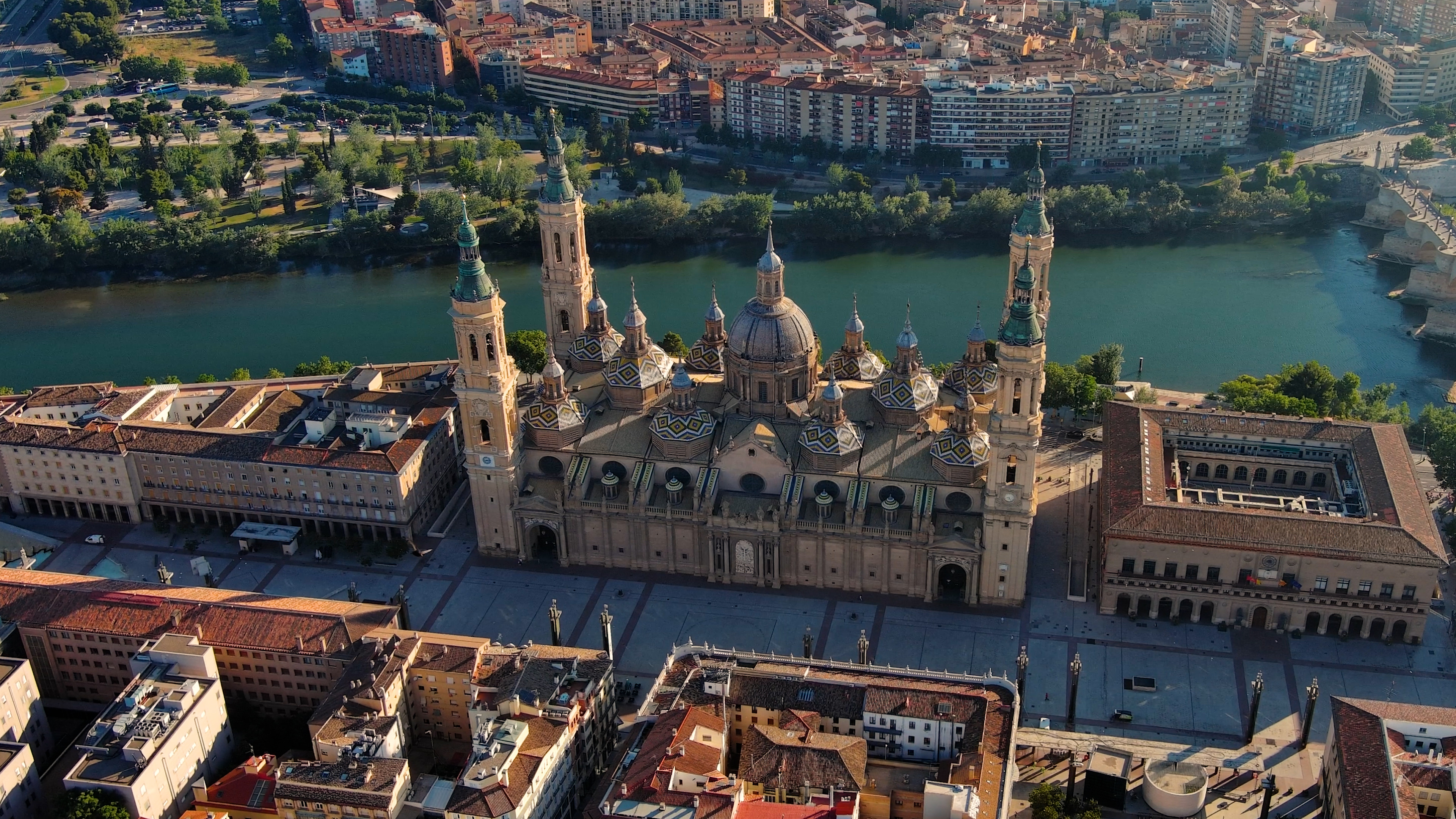
Spain's lesser-known cities offer a wealth of experiences that go beyond the typical tourist destinations. From the academic allure of Salamanca to the Roman legacy of Tarragona, each city presents a unique facet of Spain's rich cultural tapestry. These 34 hidden gems invite travelers to explore the country's diverse landscapes, delve into its storied past, and engage with its vibrant present. By venturing off the beaten path, visitors can uncover the true essence of Spain, experiencing its hidden charms and creating lasting memories. Whether drawn by history, culture, or natural beauty, these twelve underrated cities promise an enriching and rewarding journey through one of Europe's most captivating countries.

